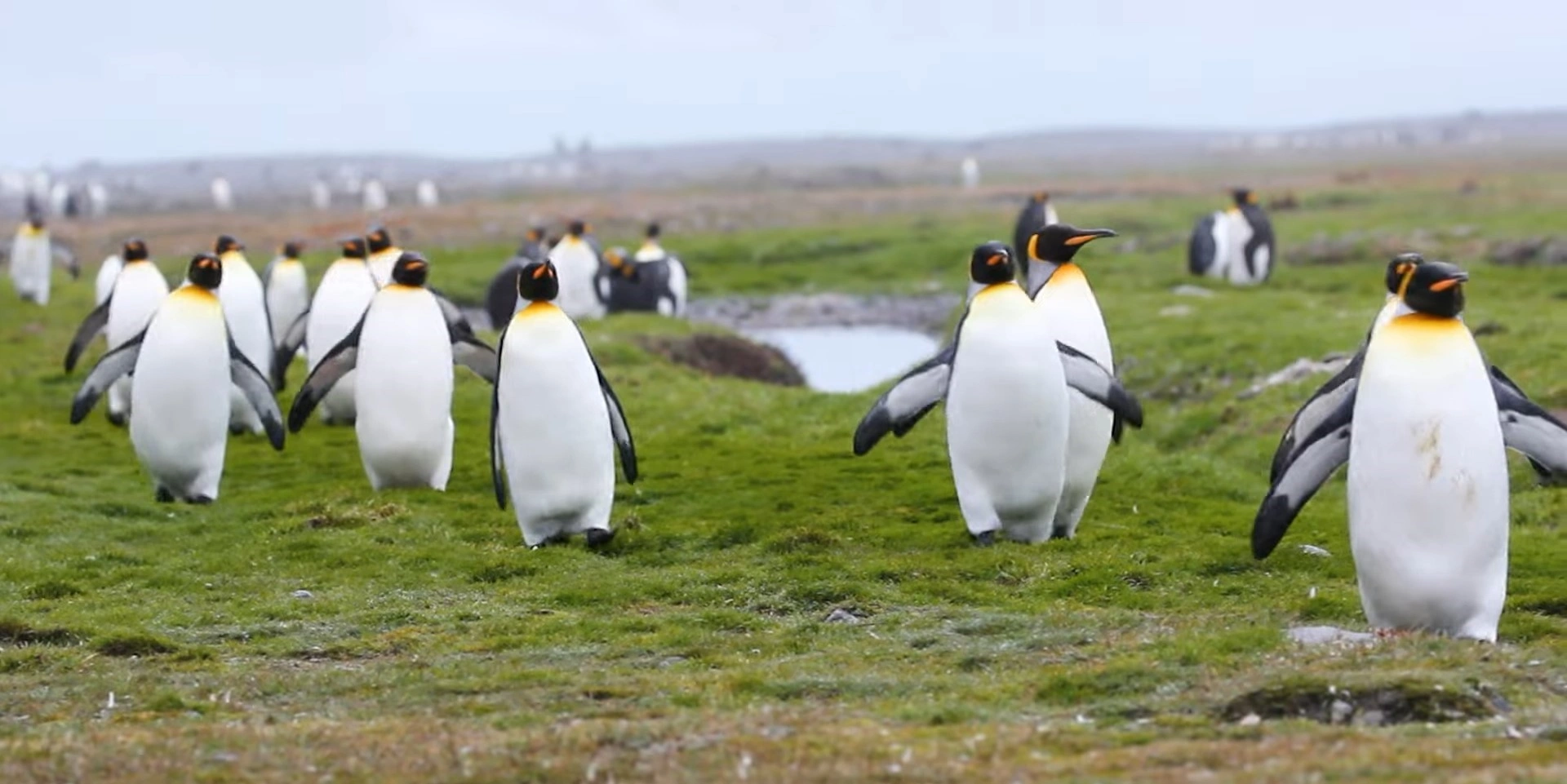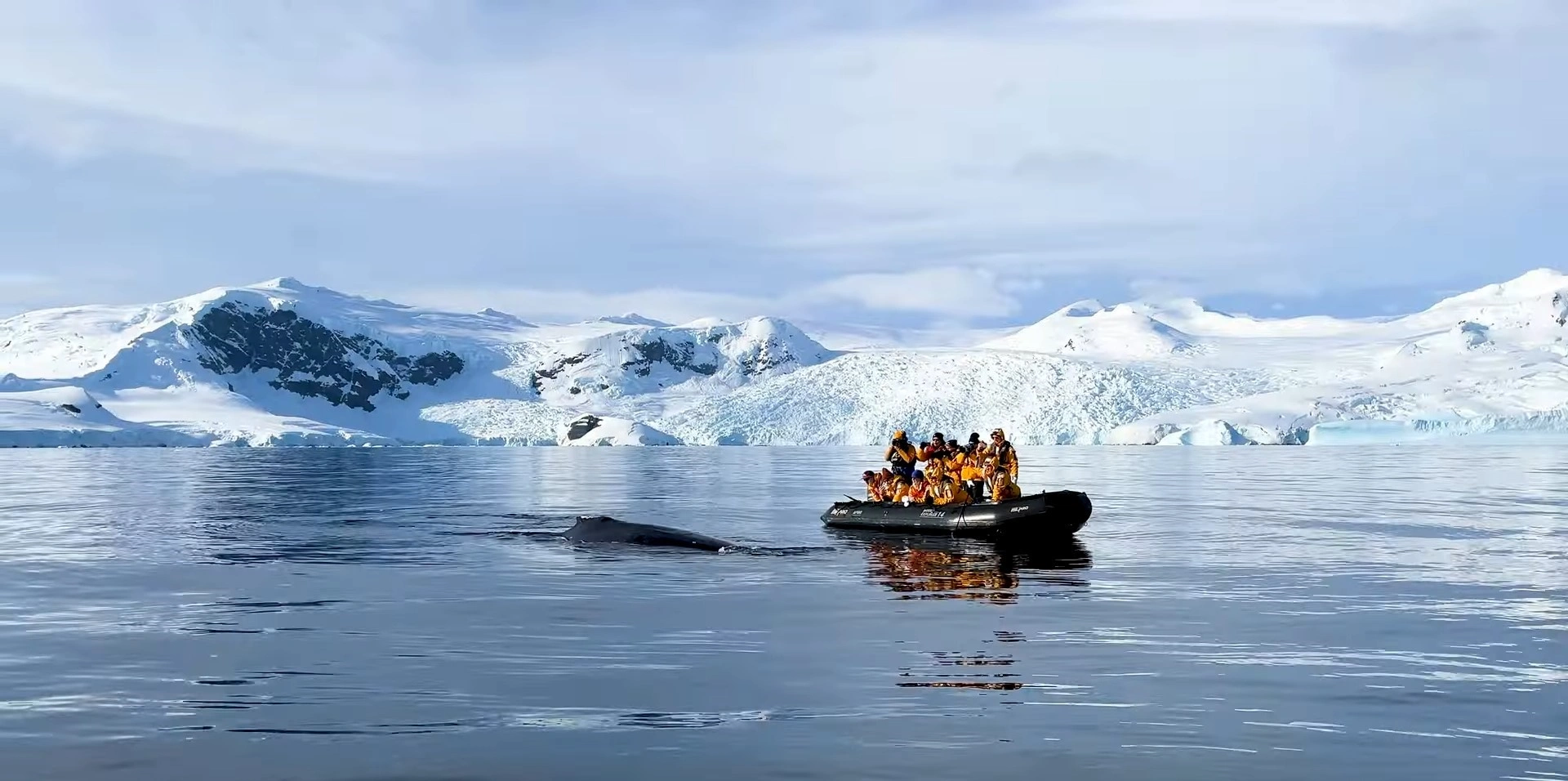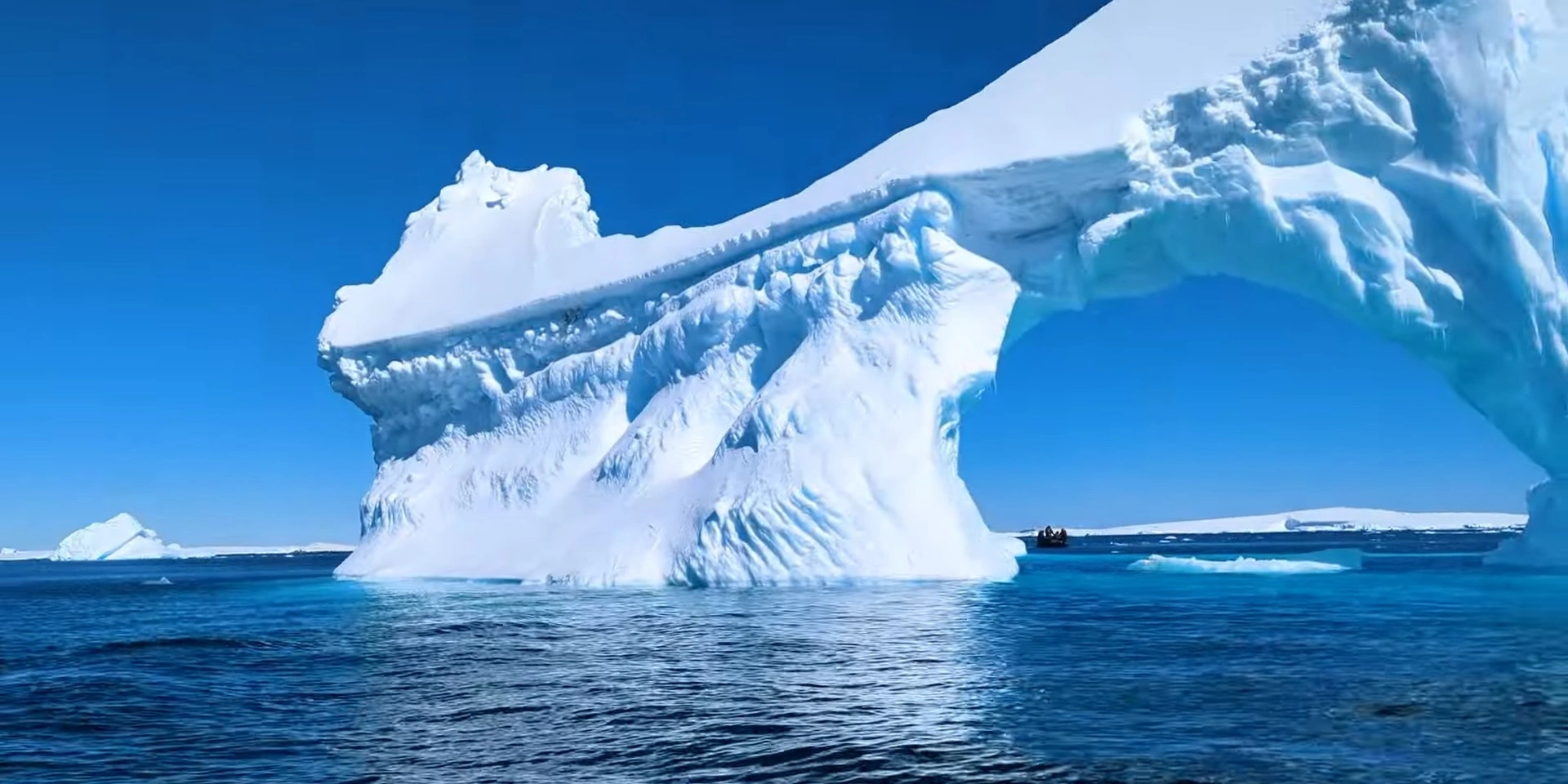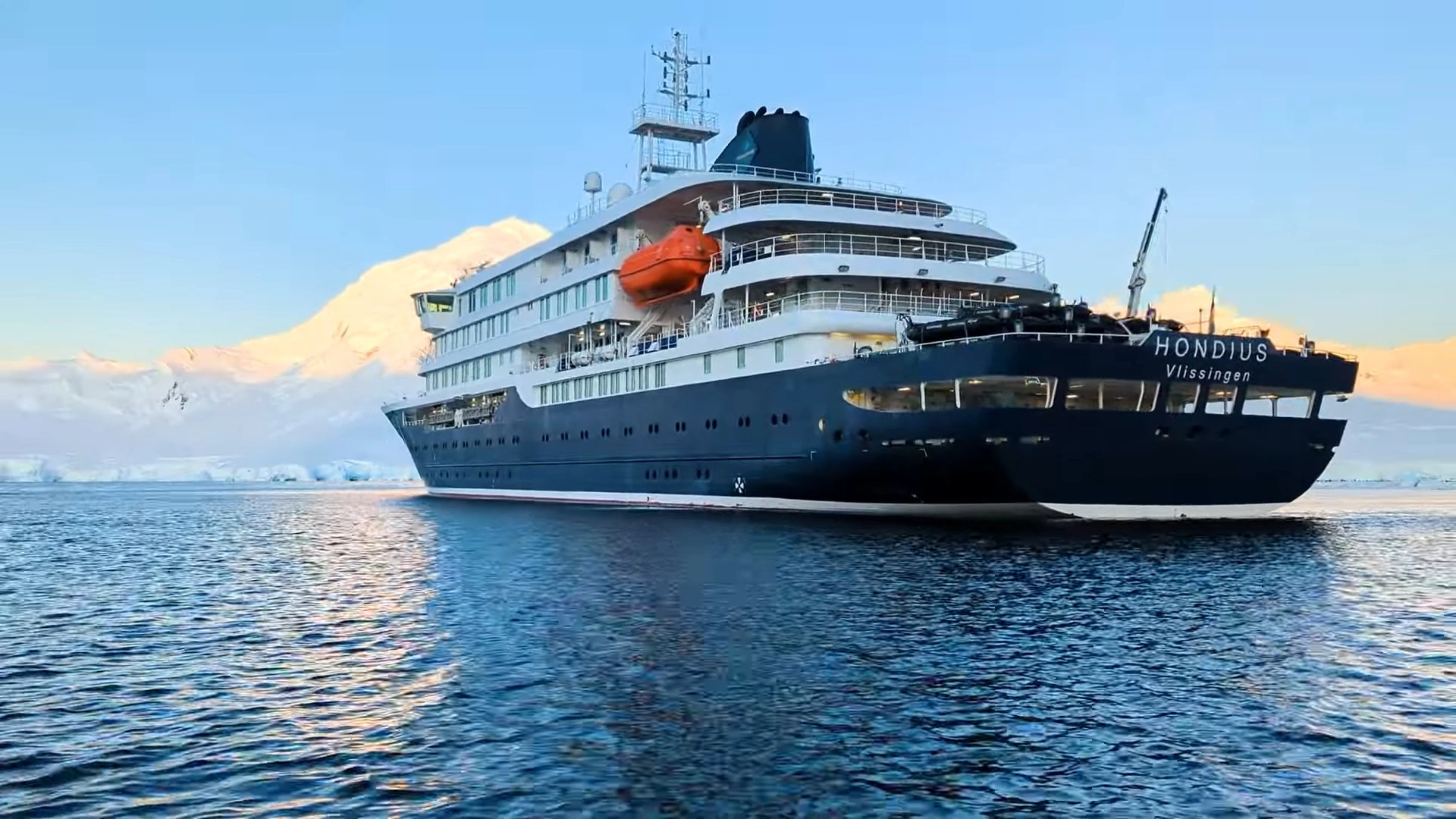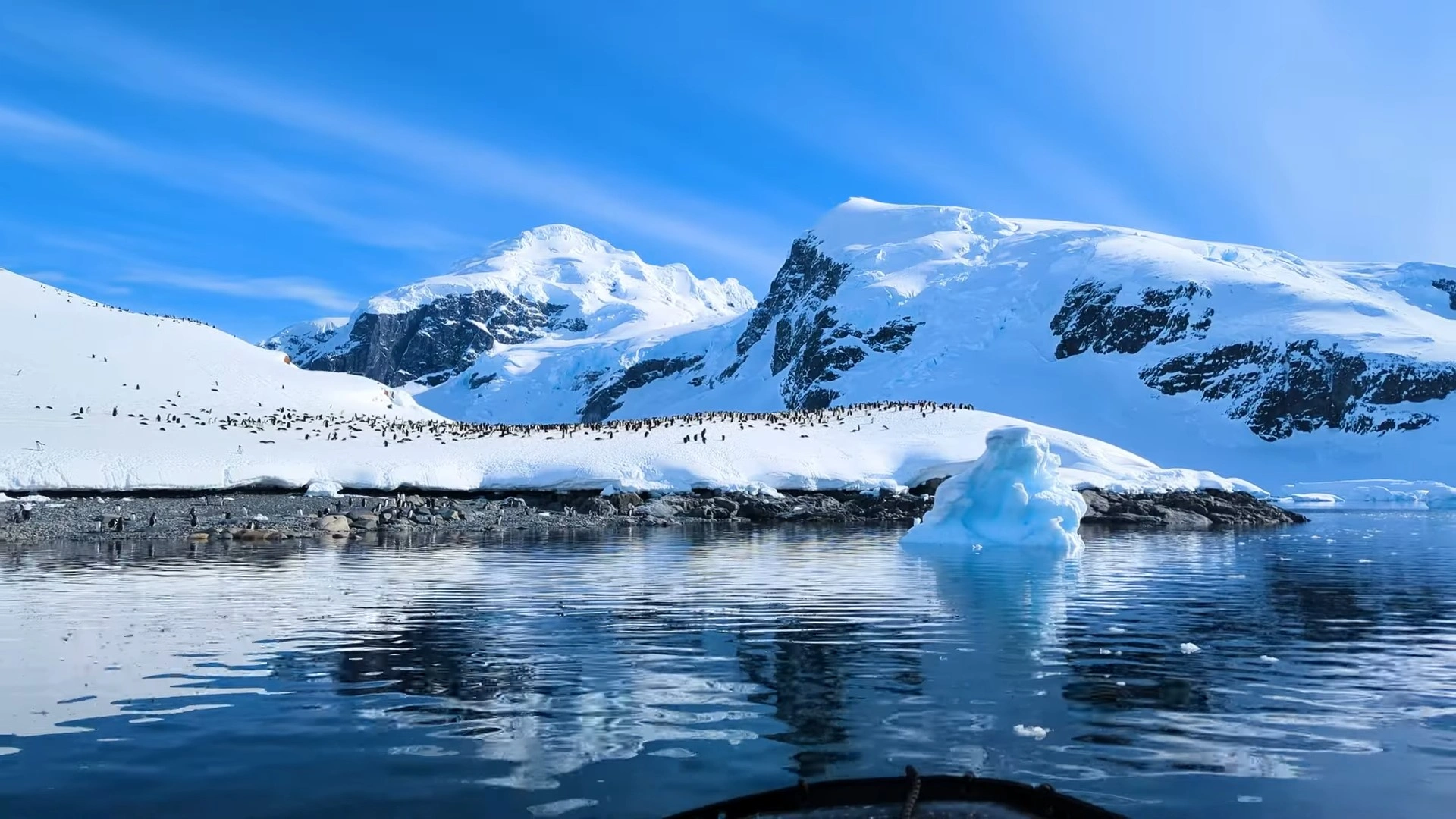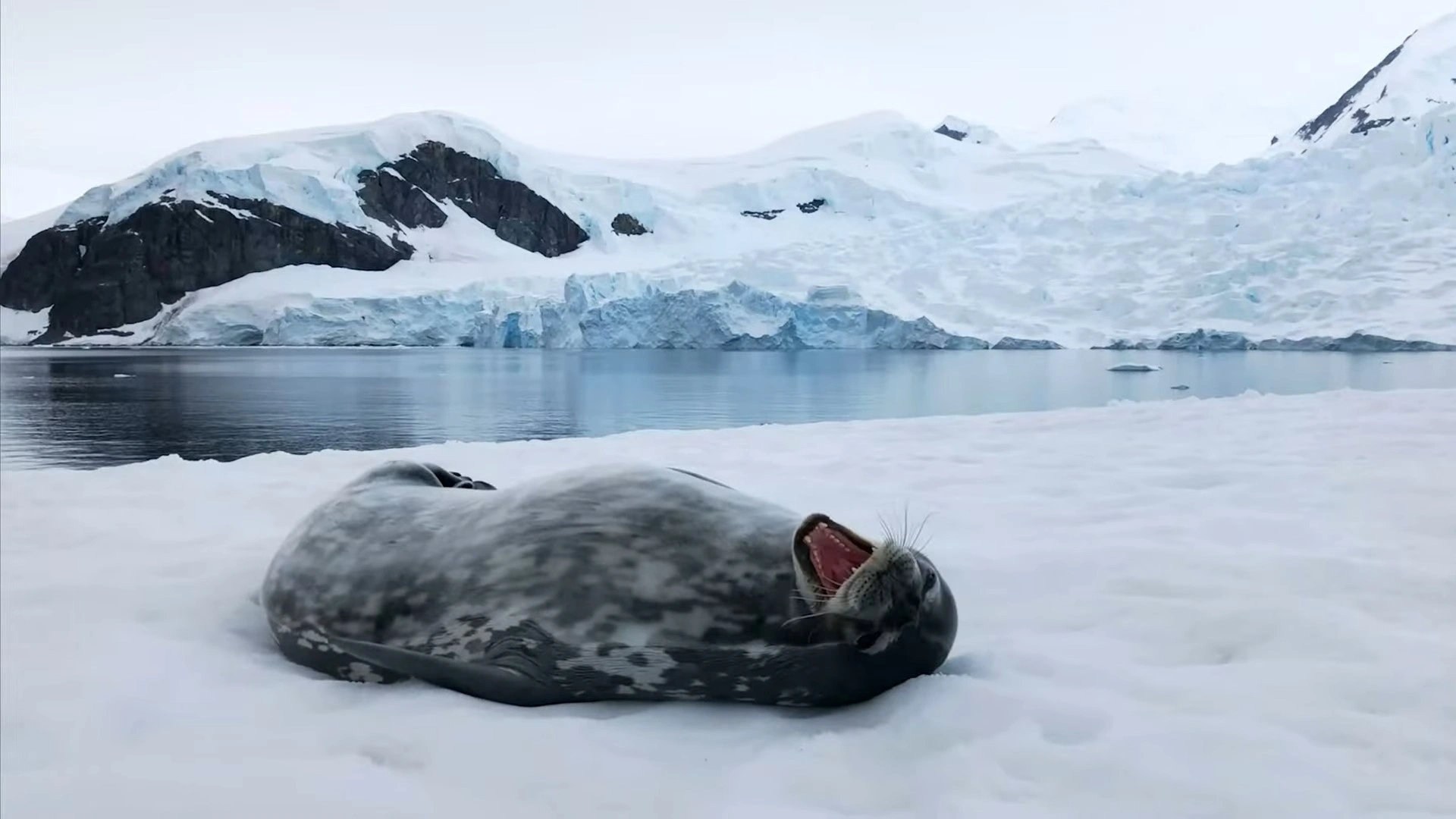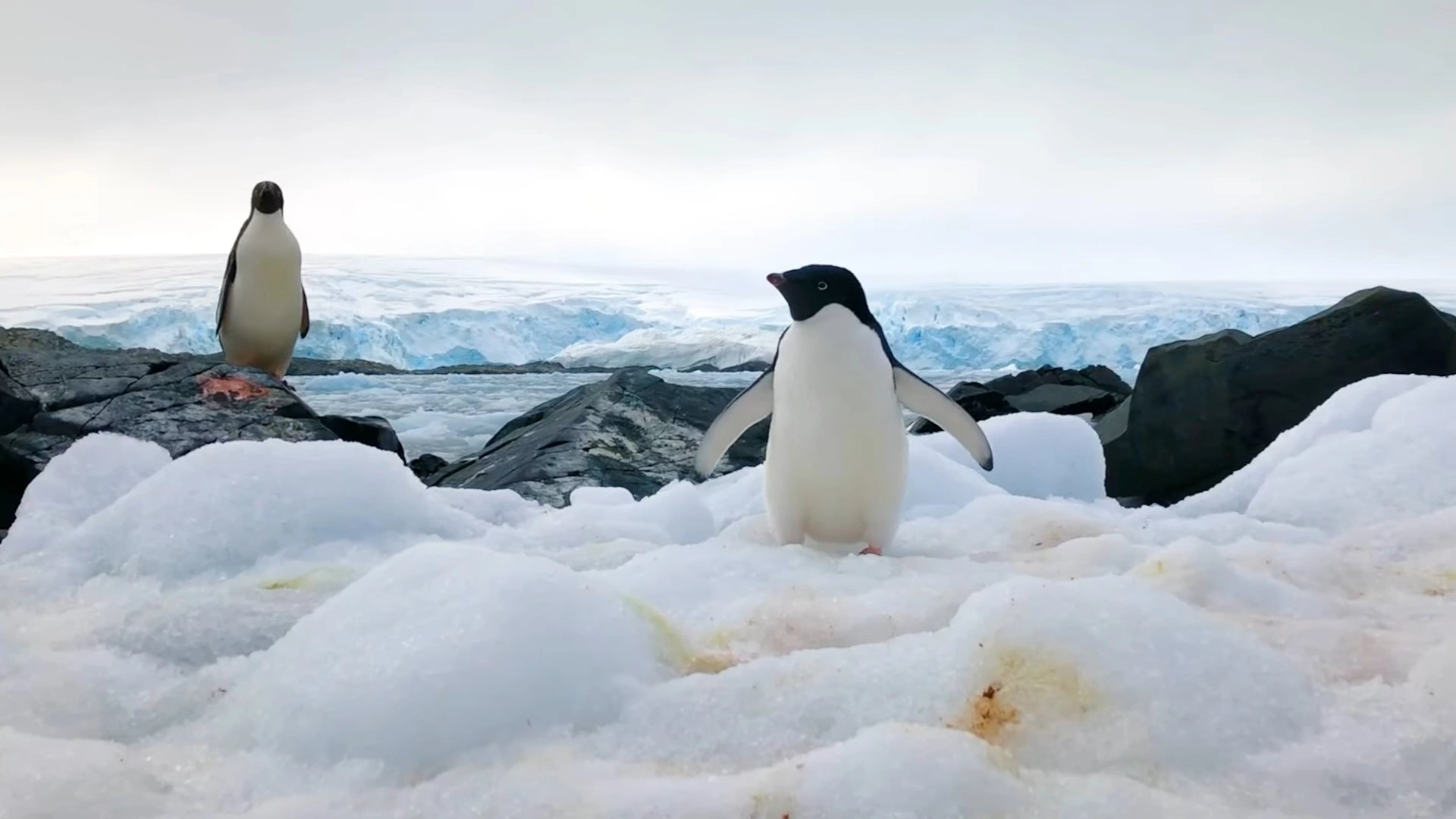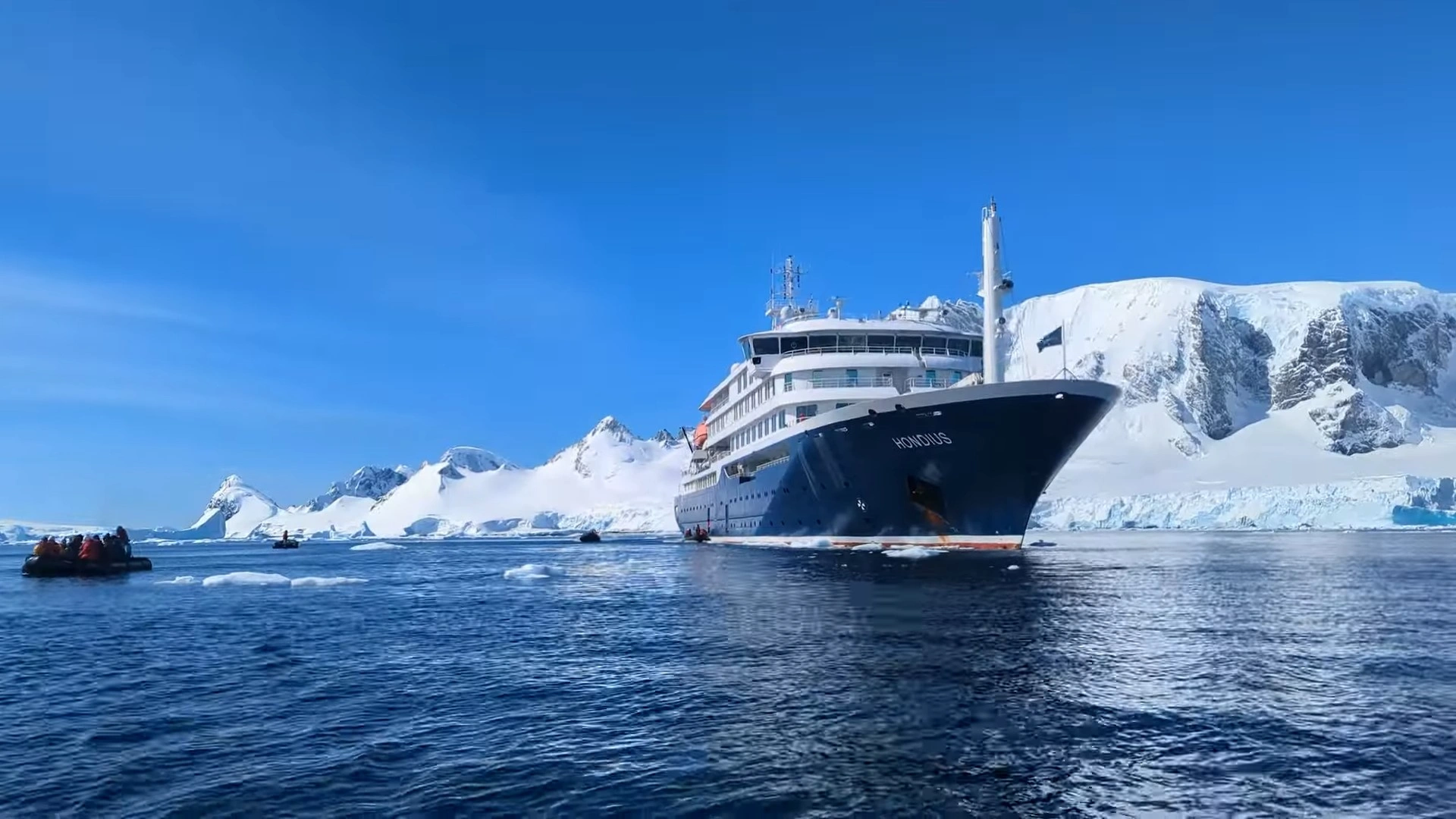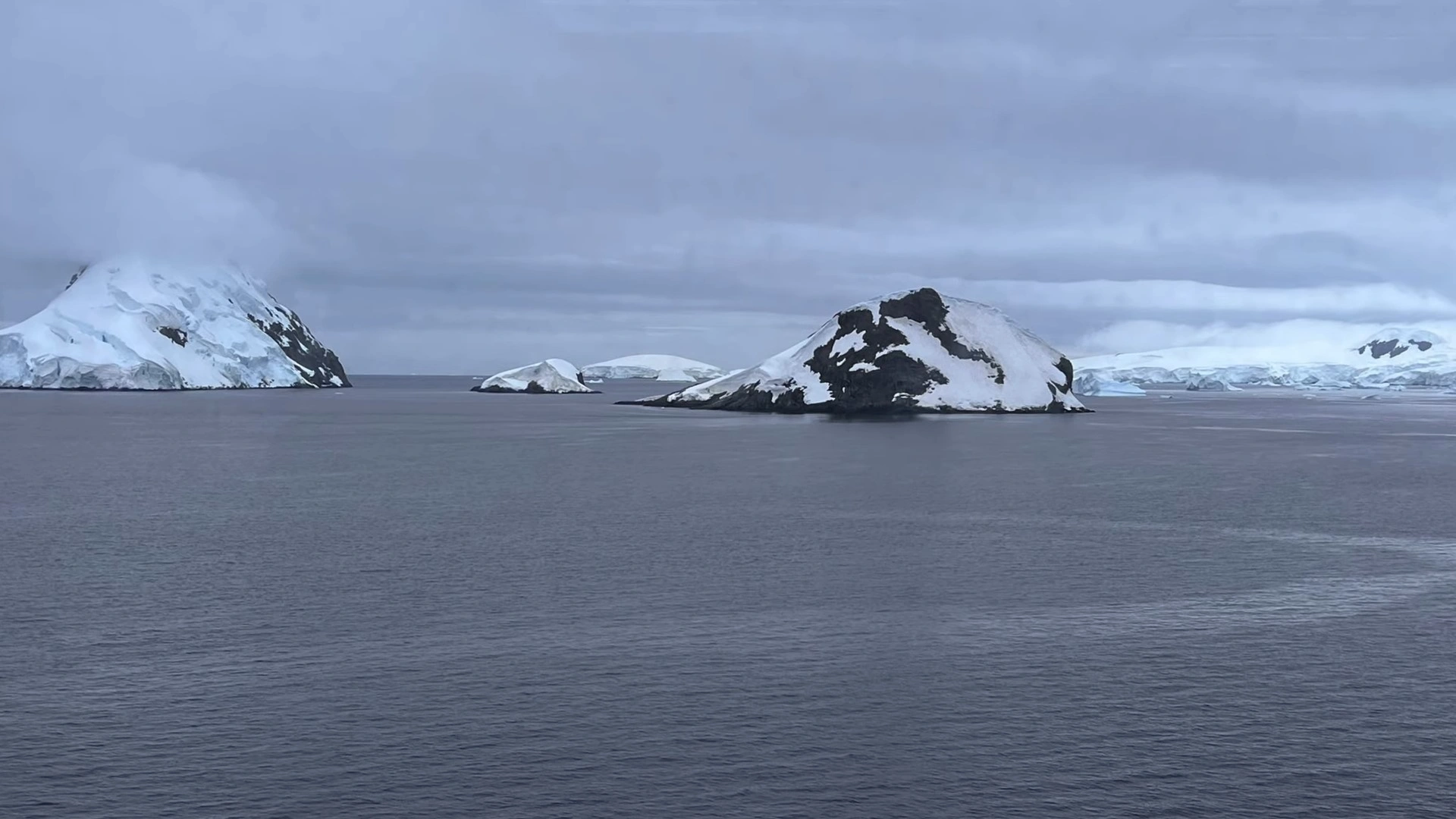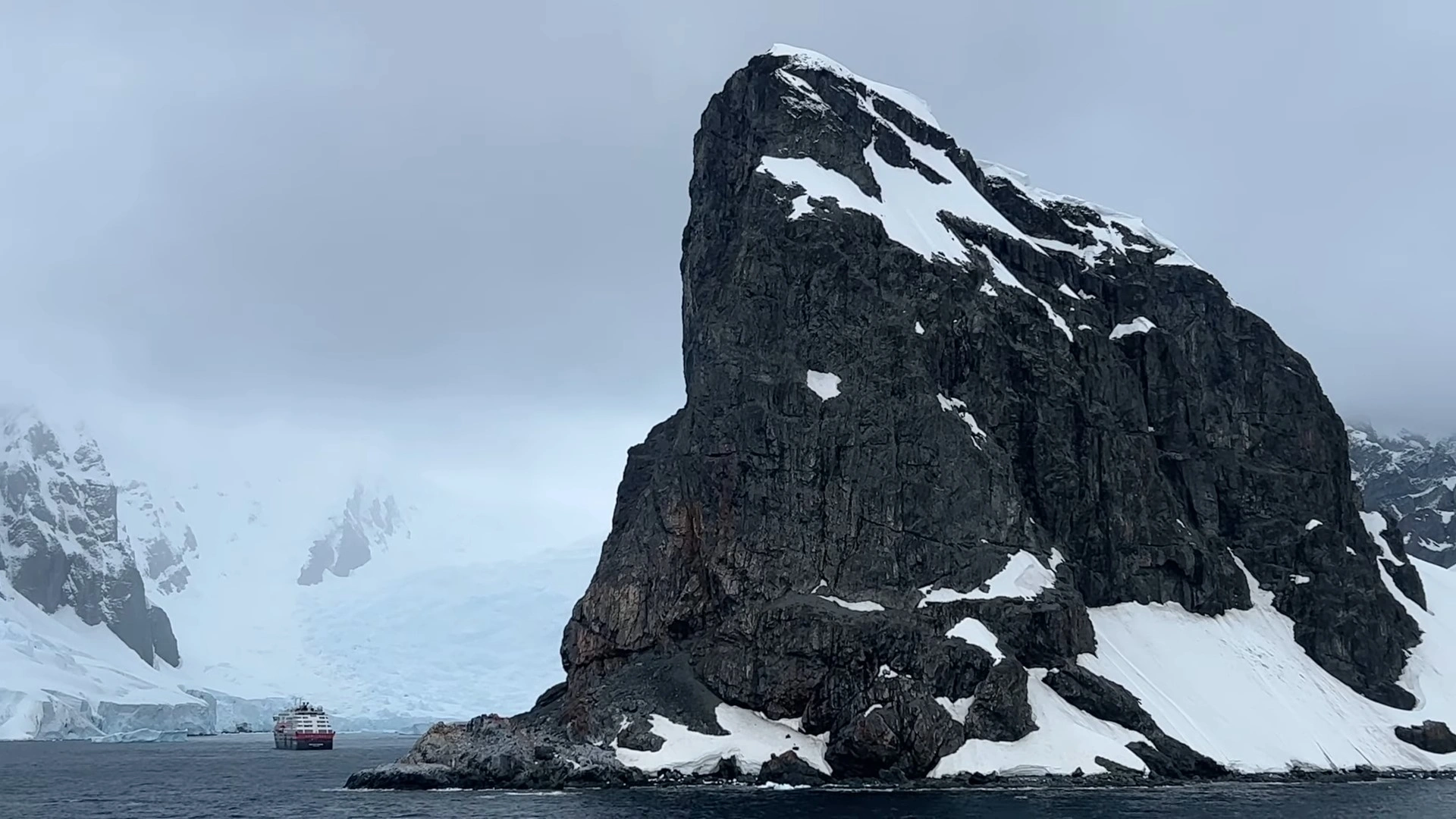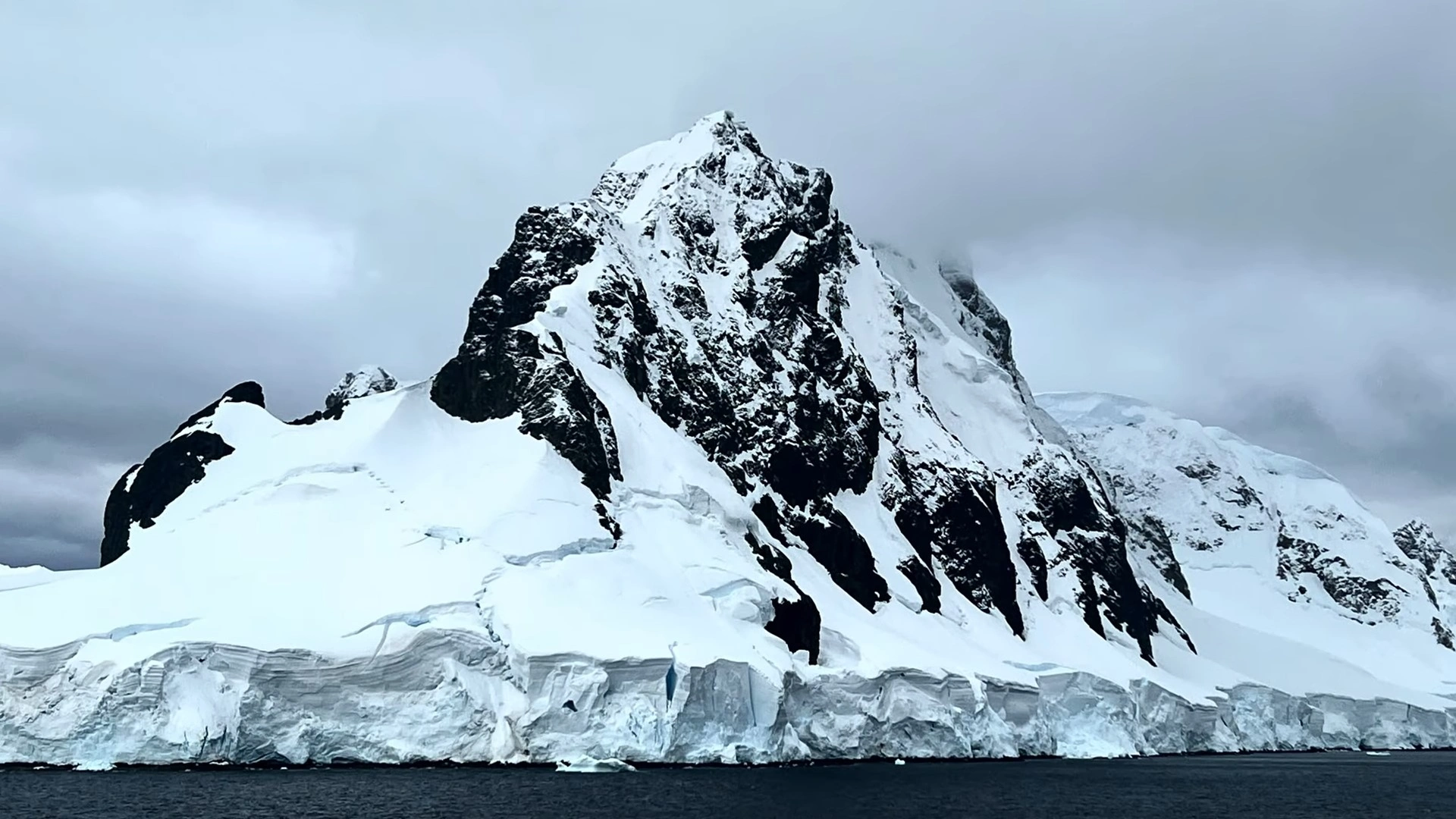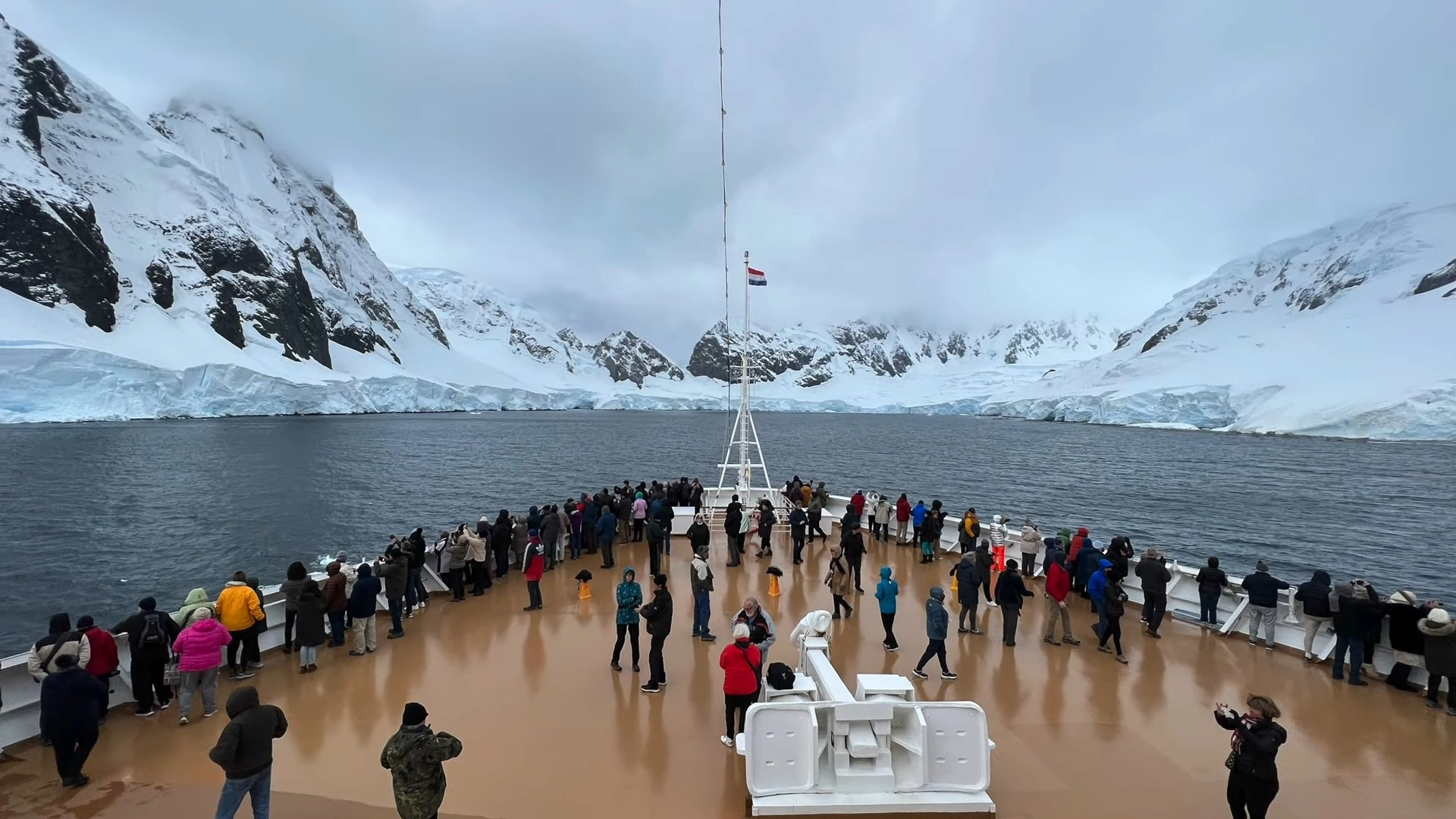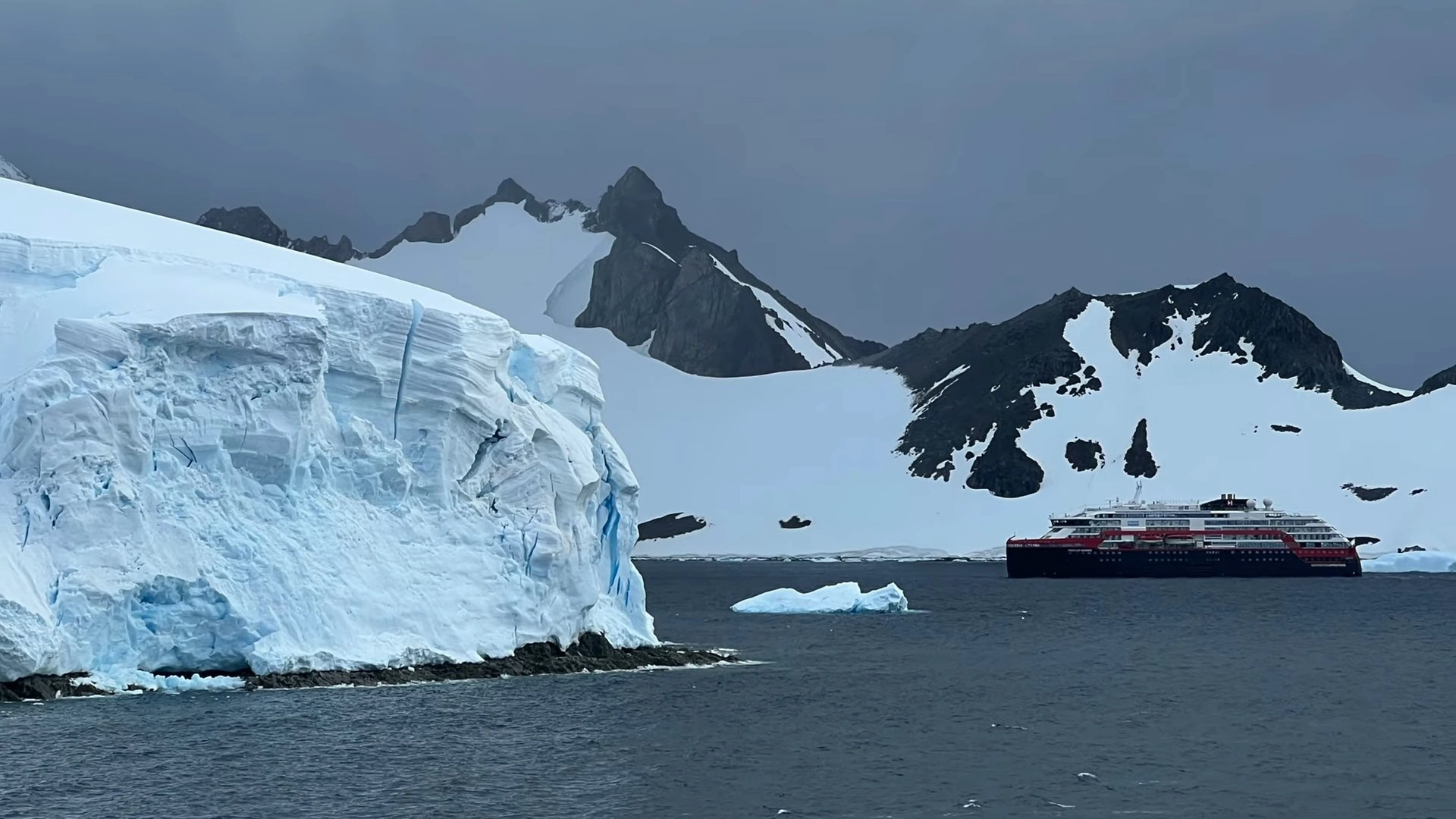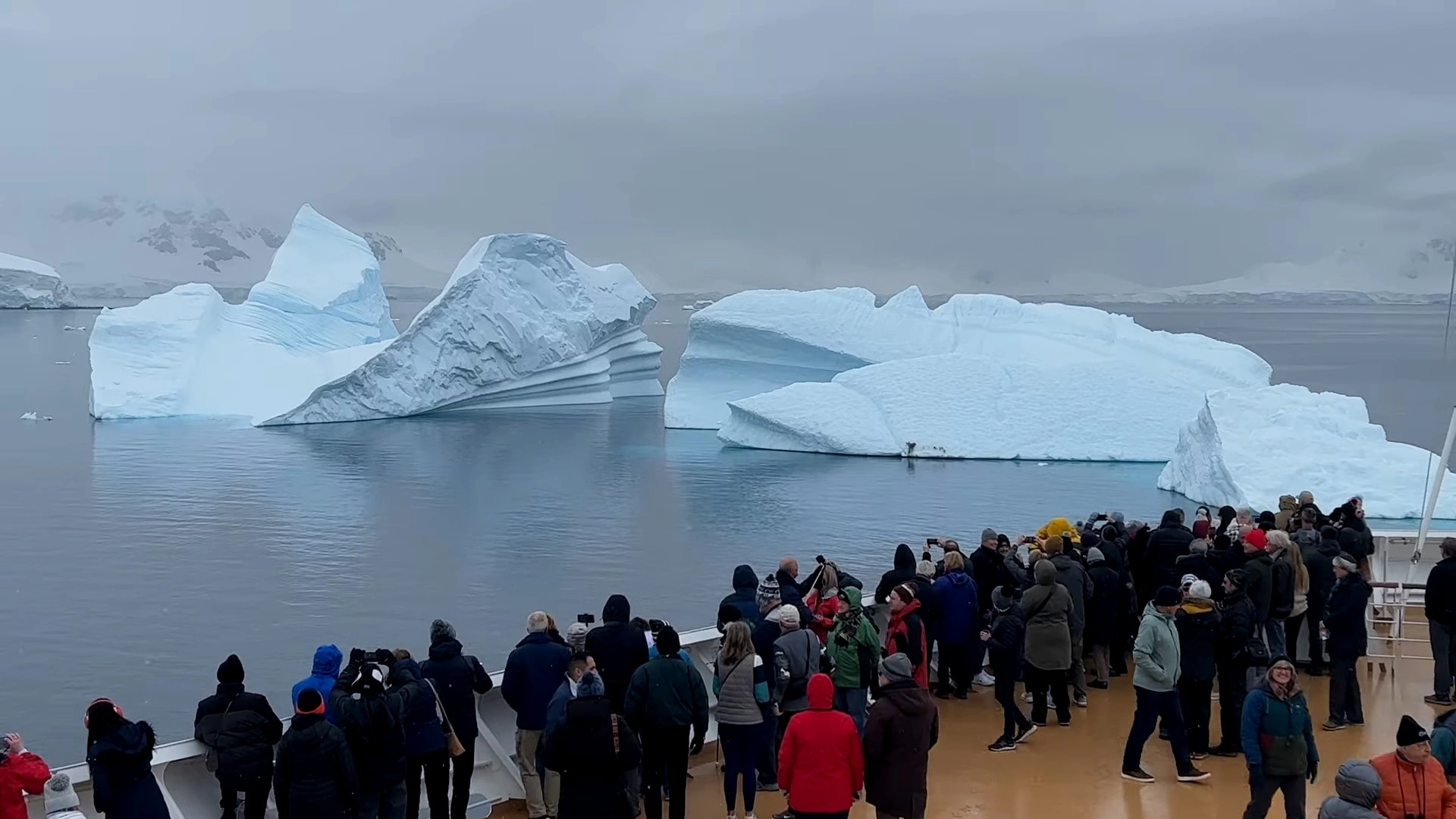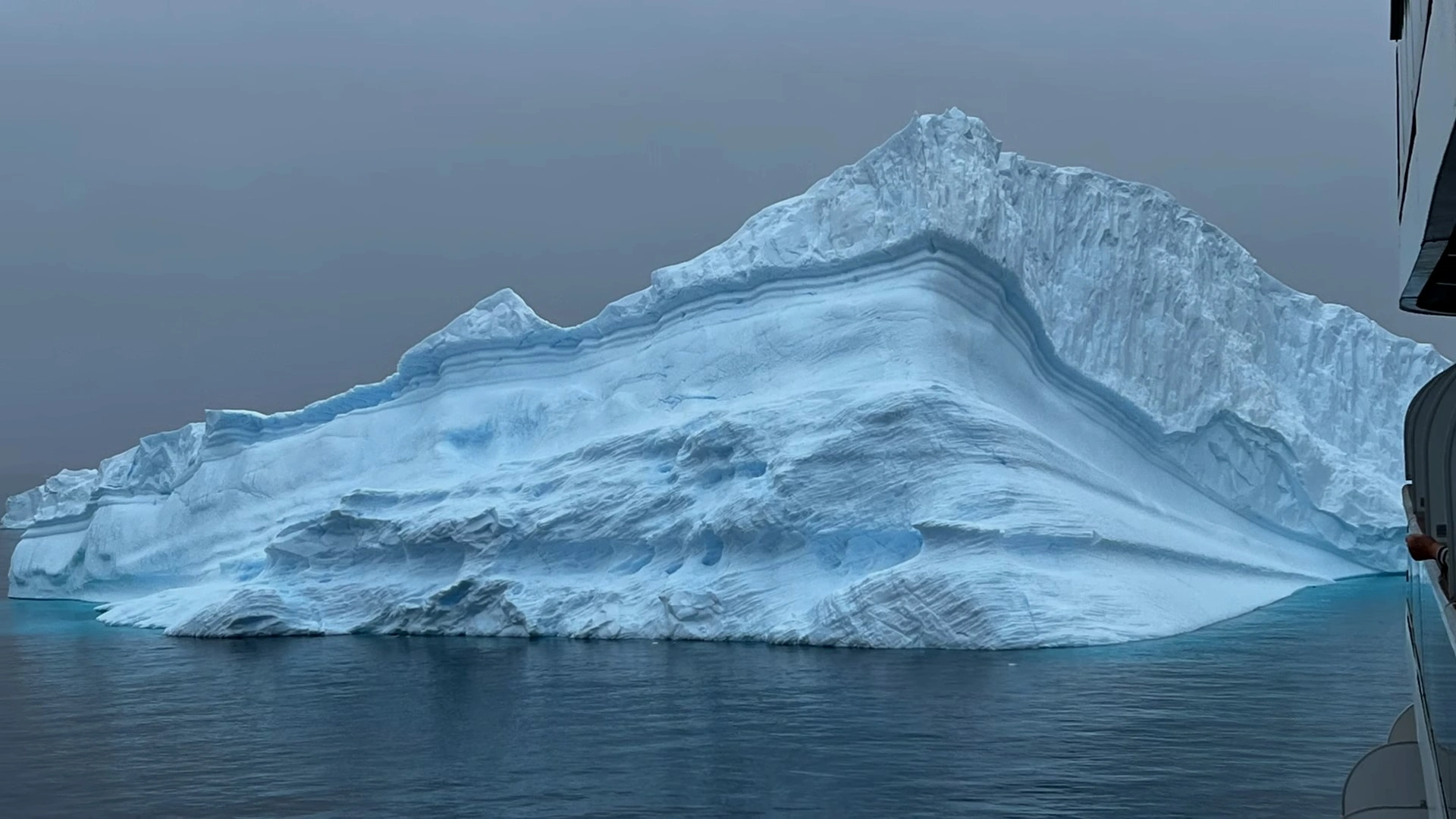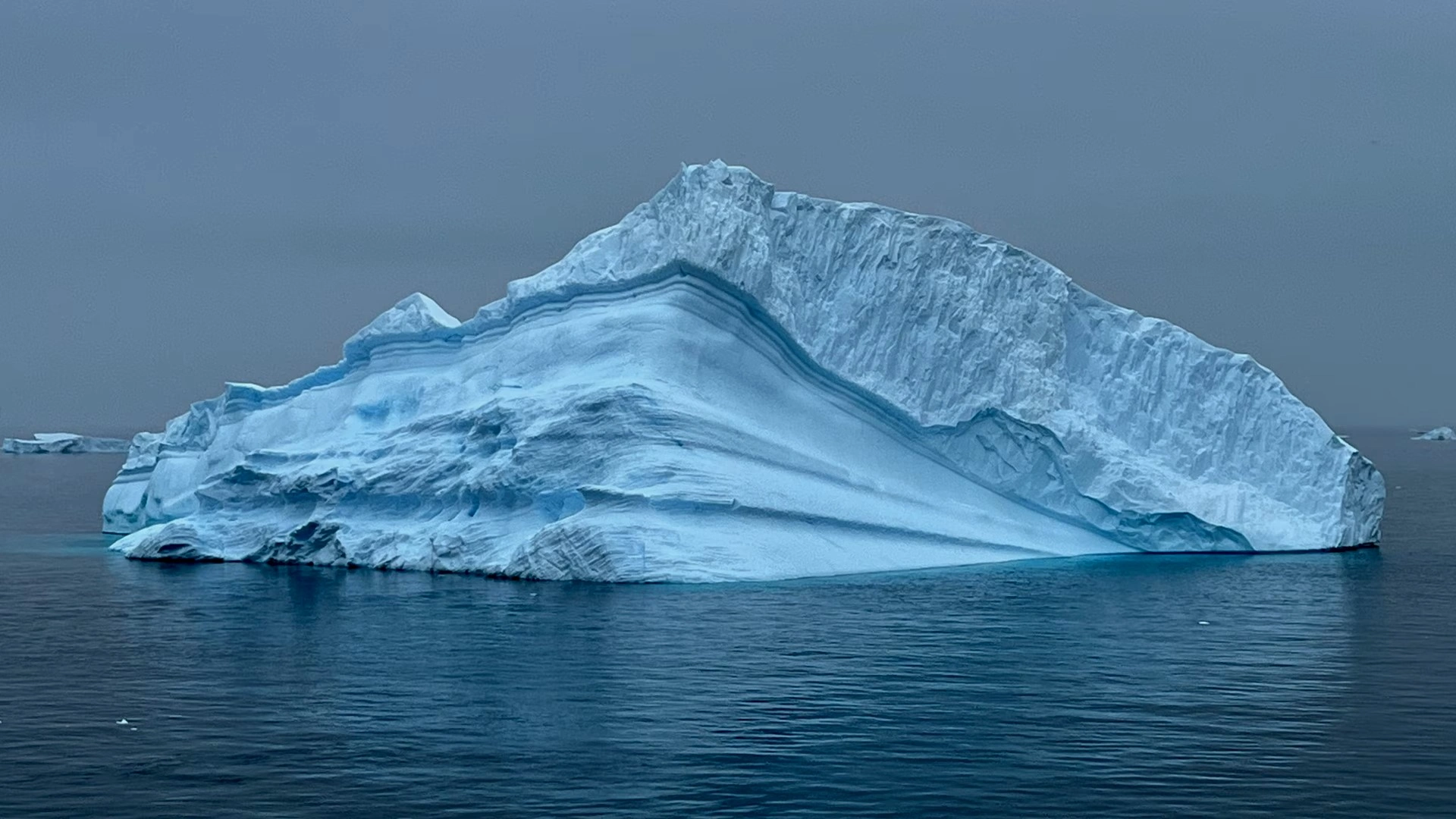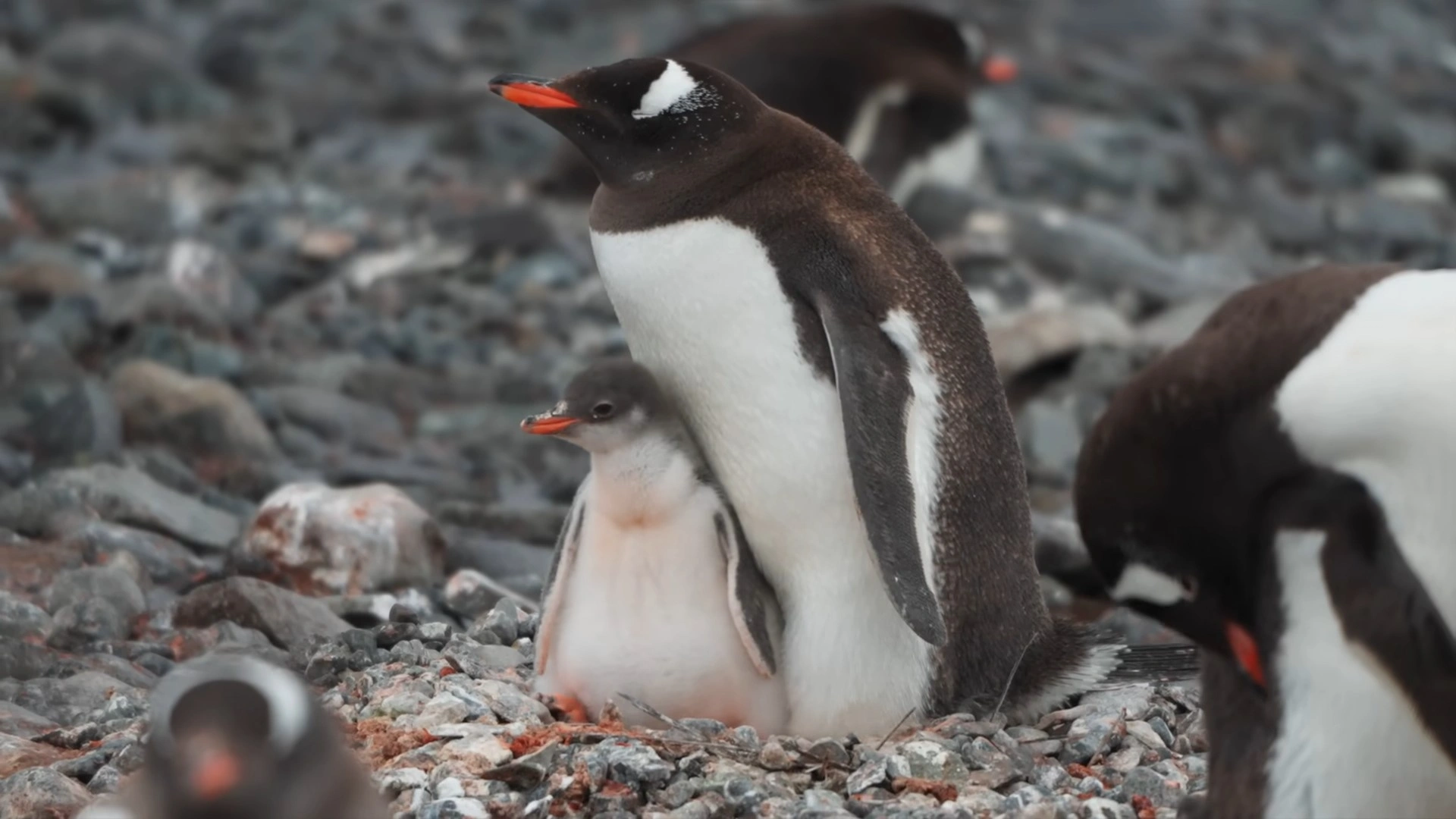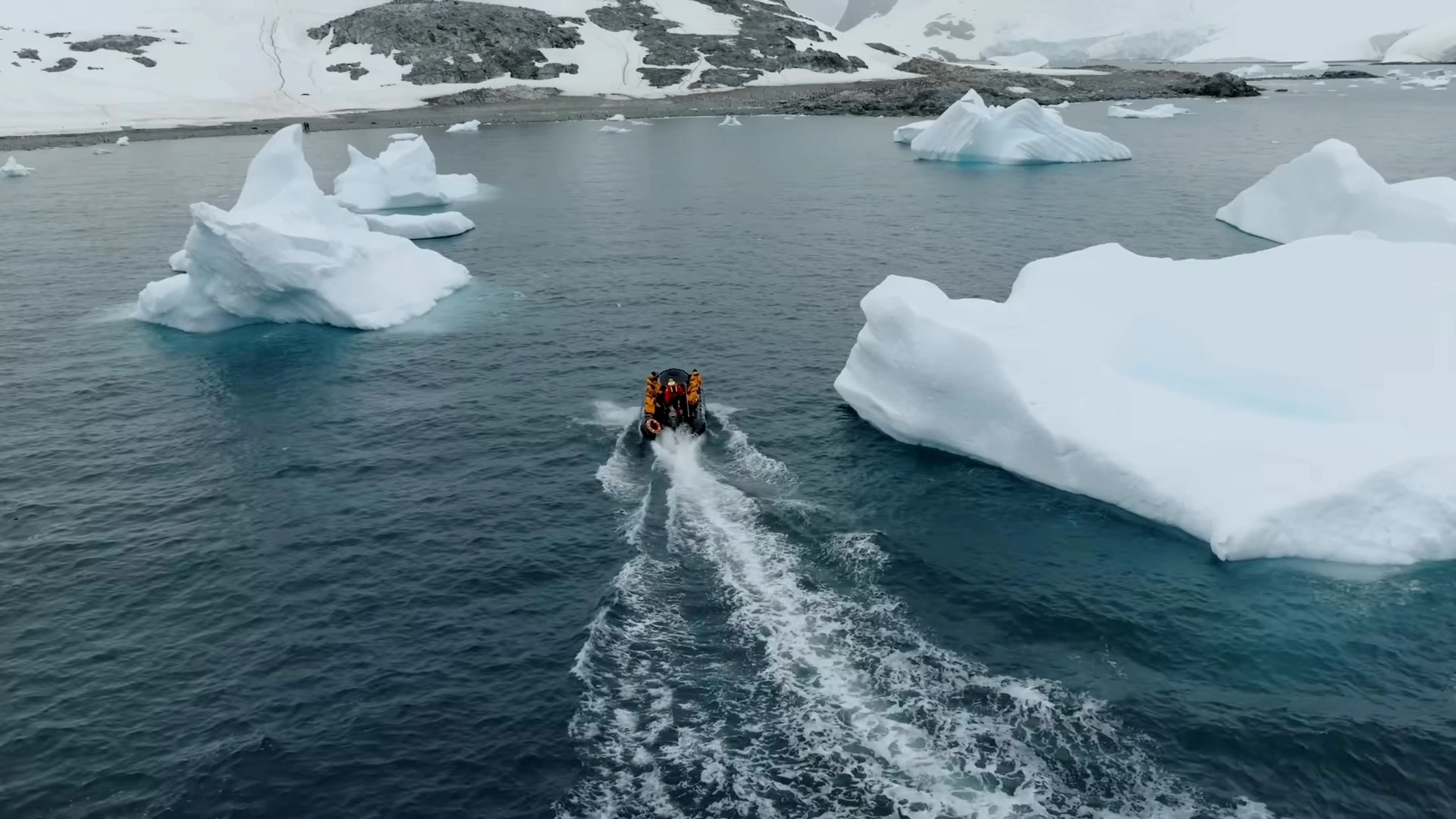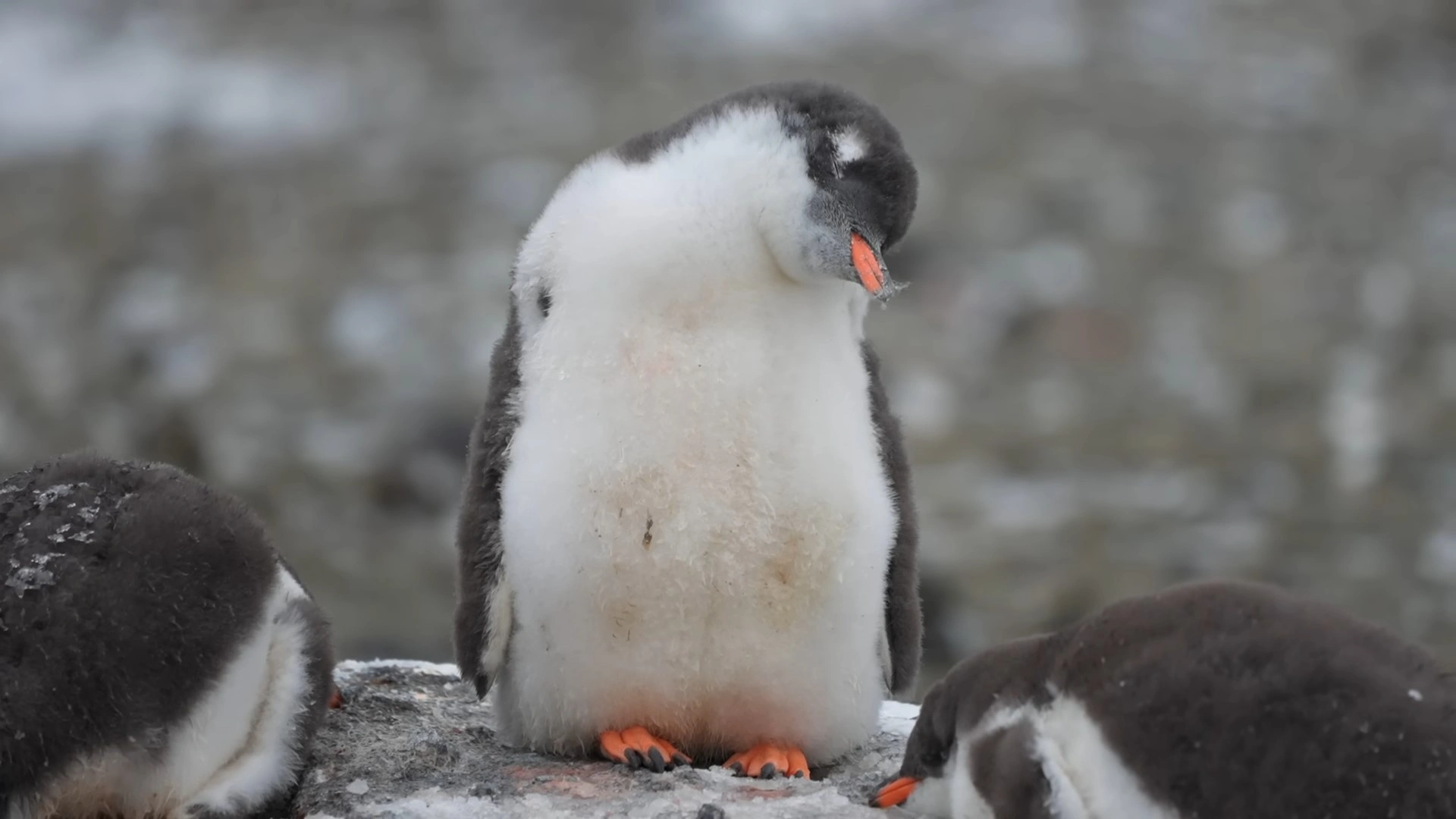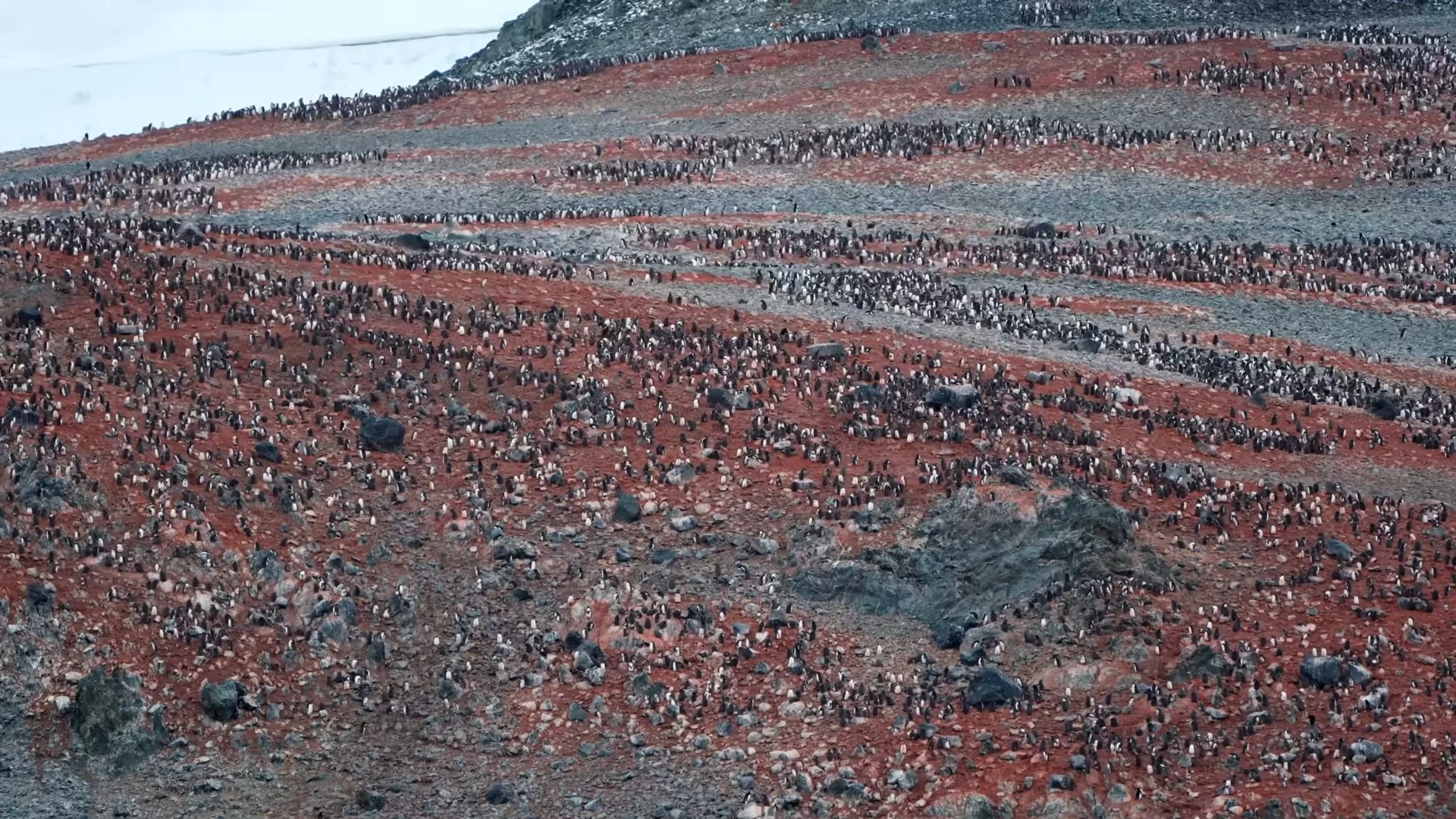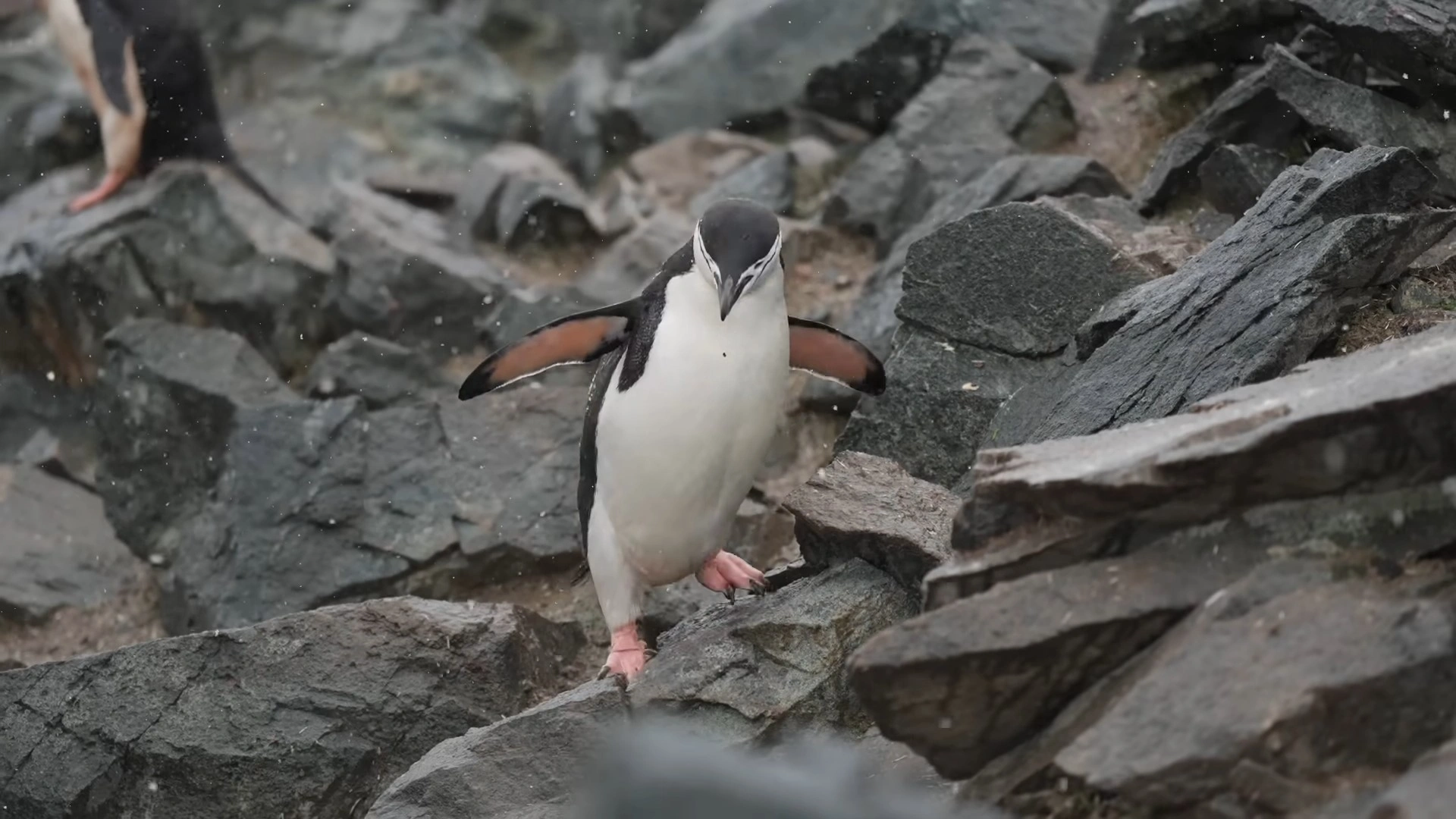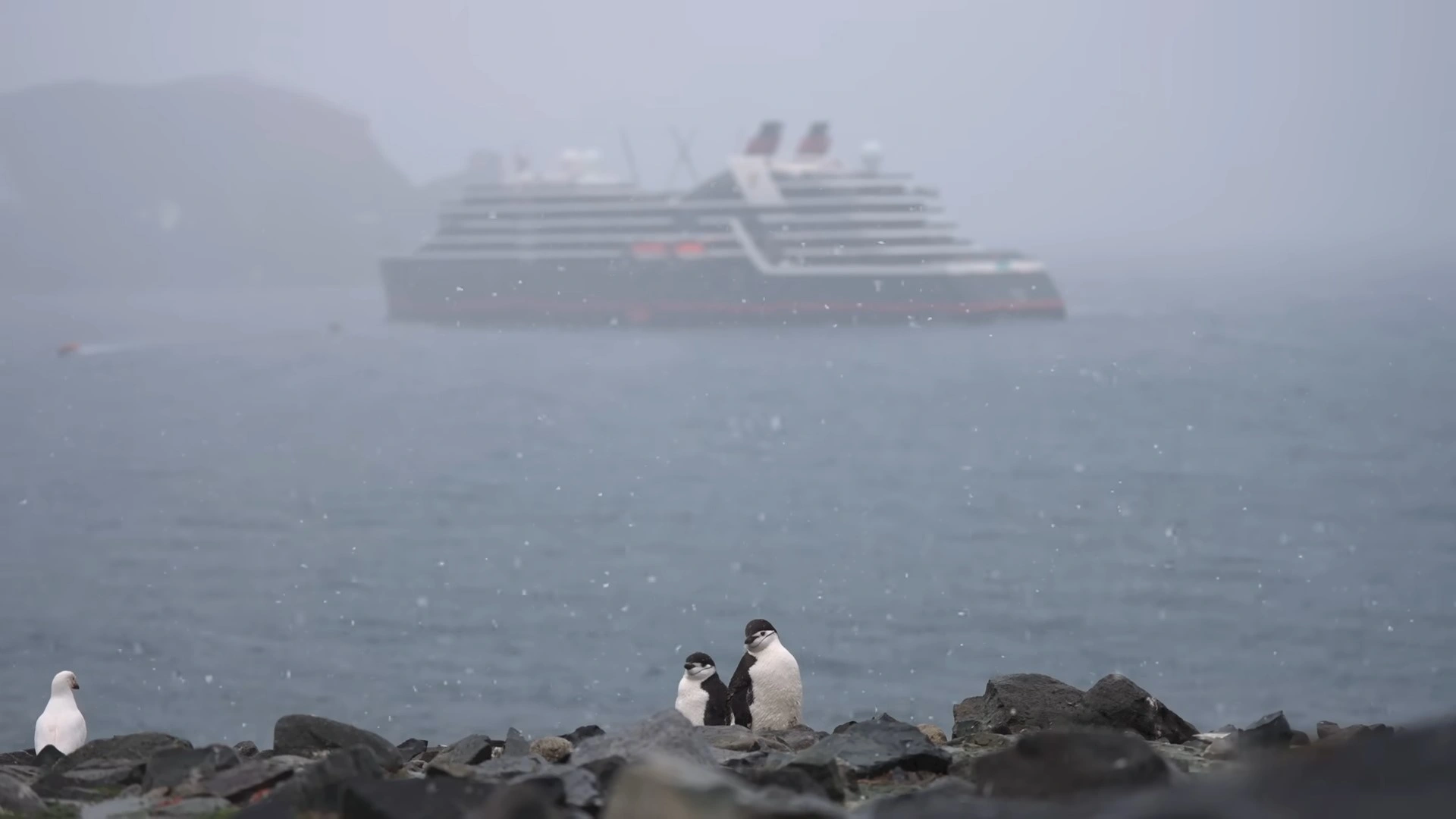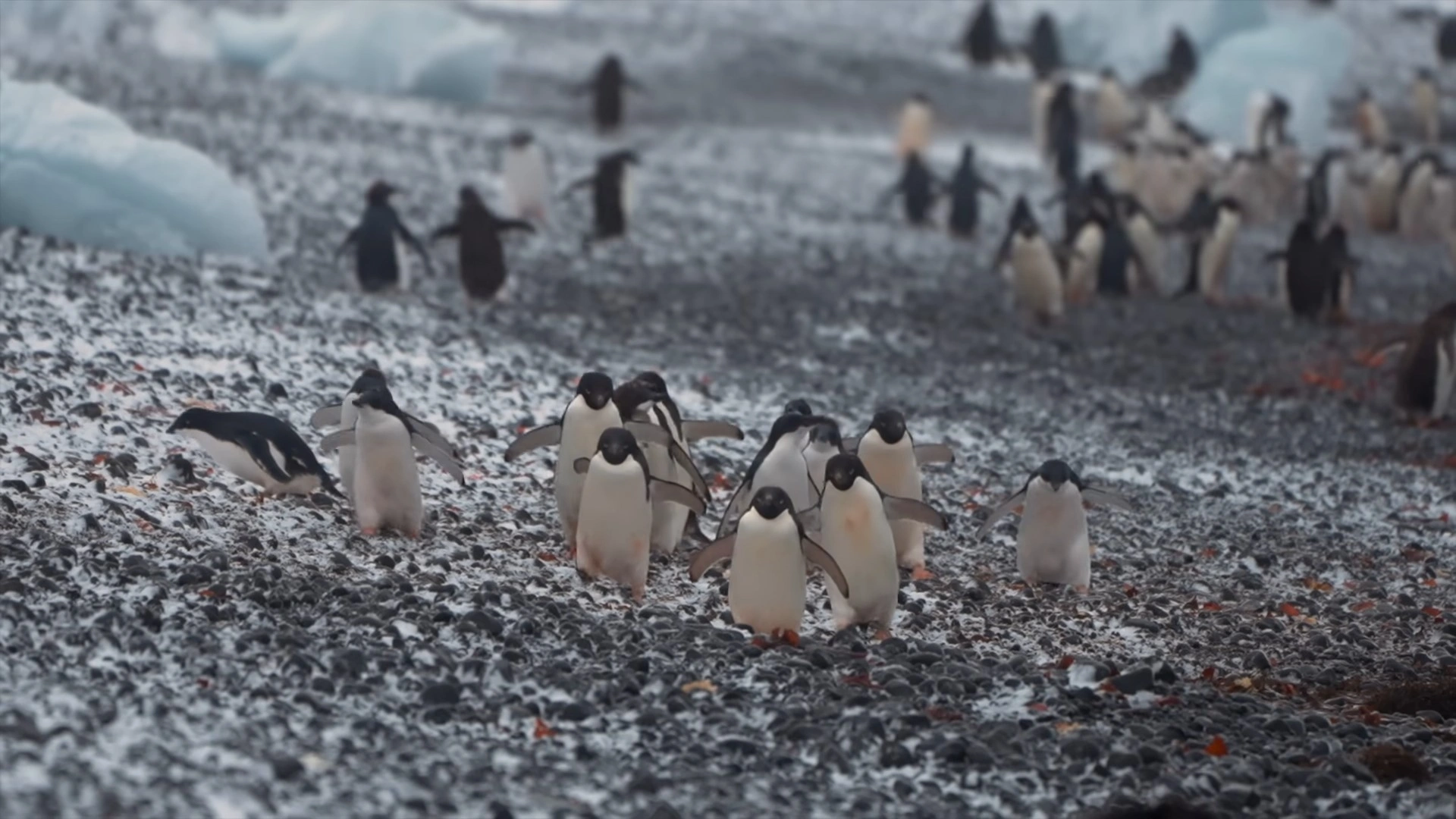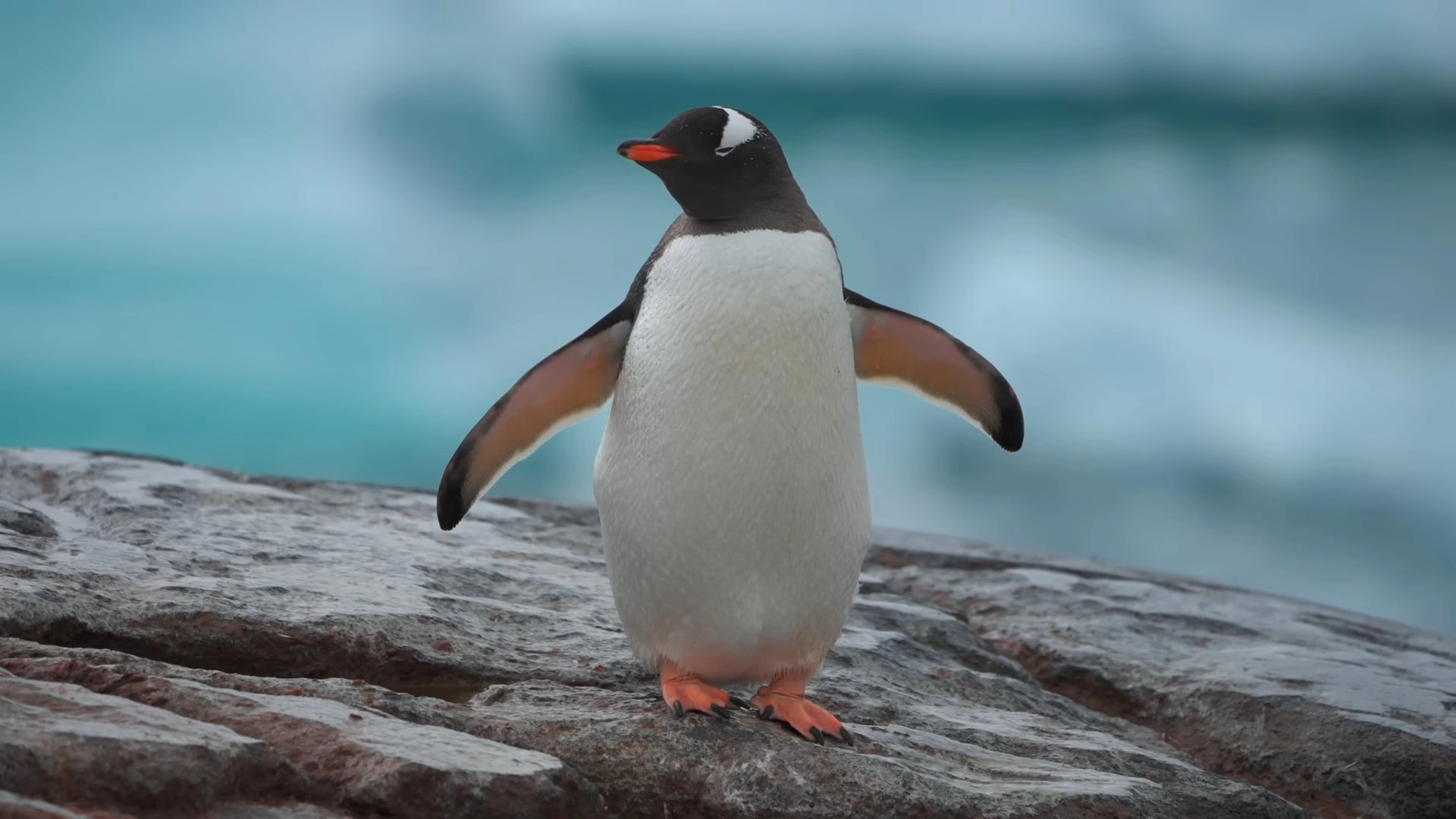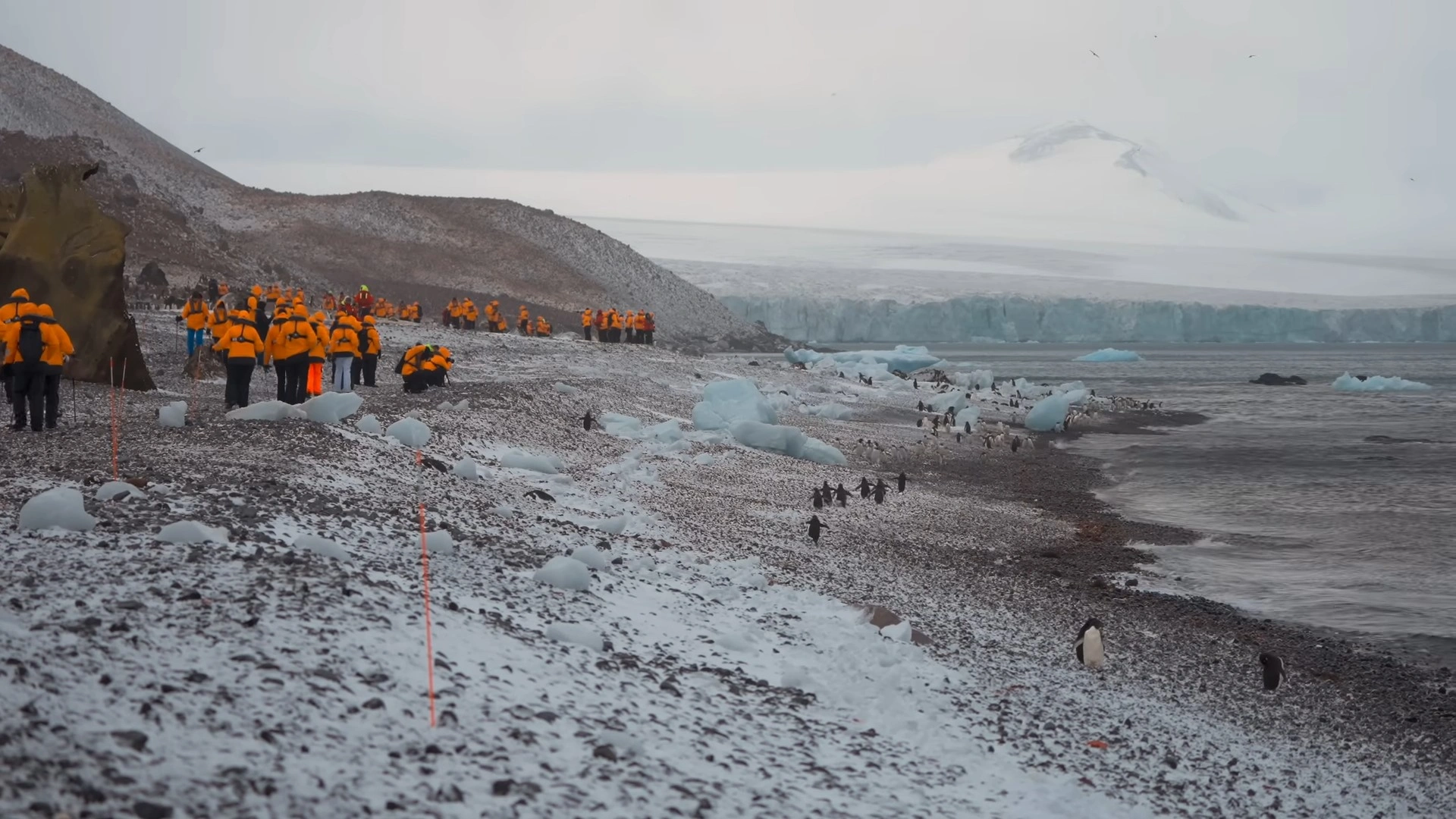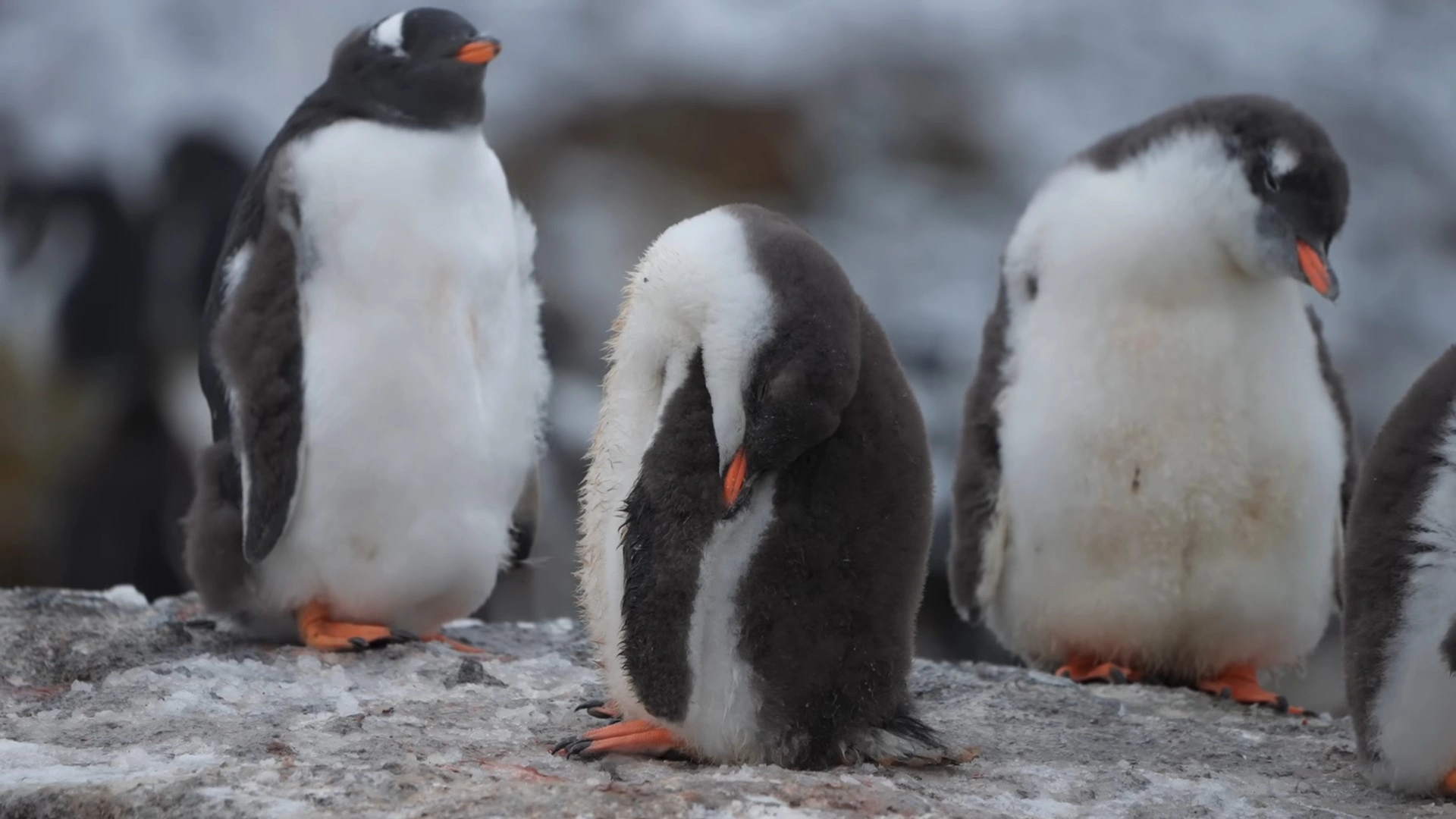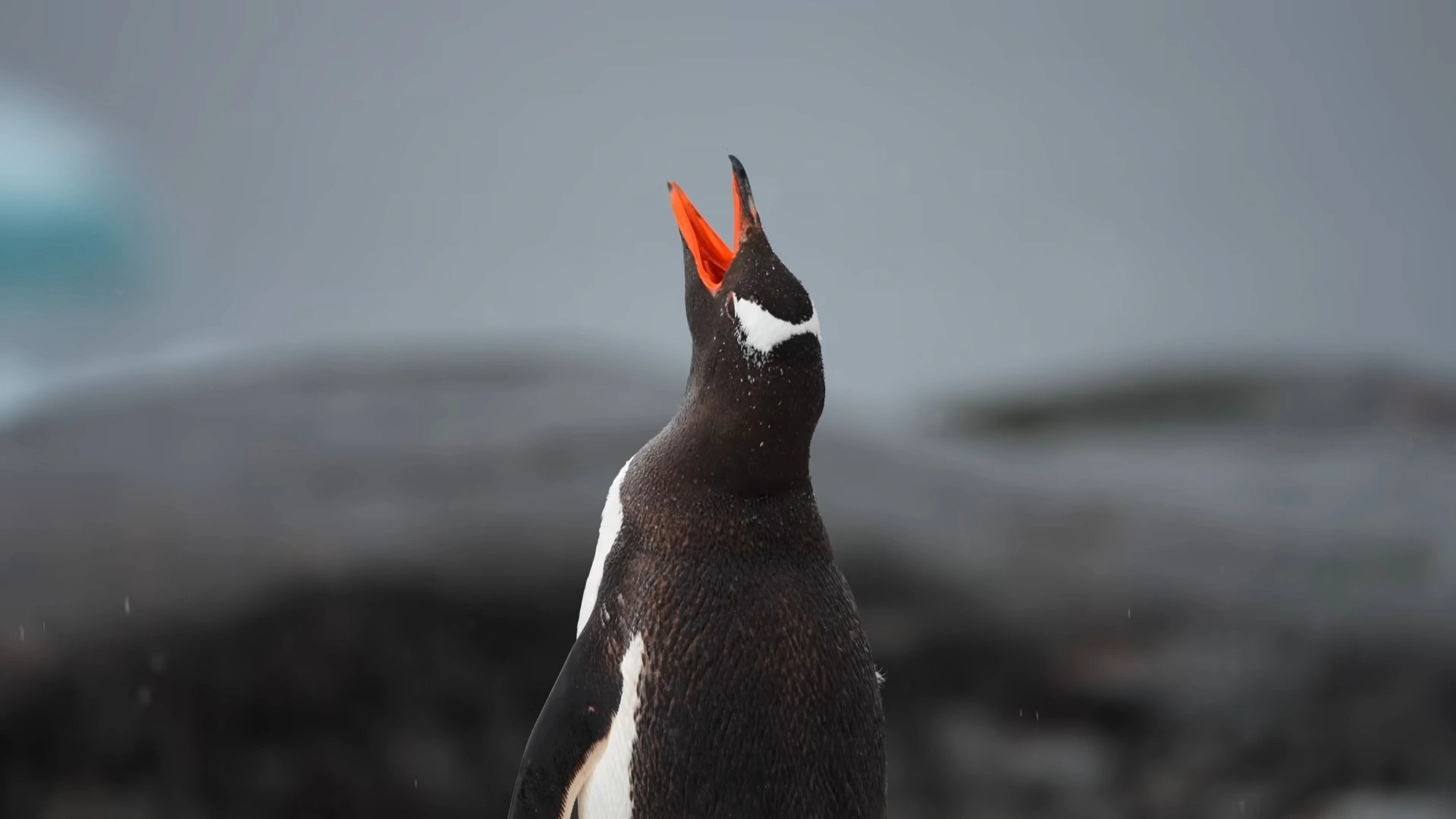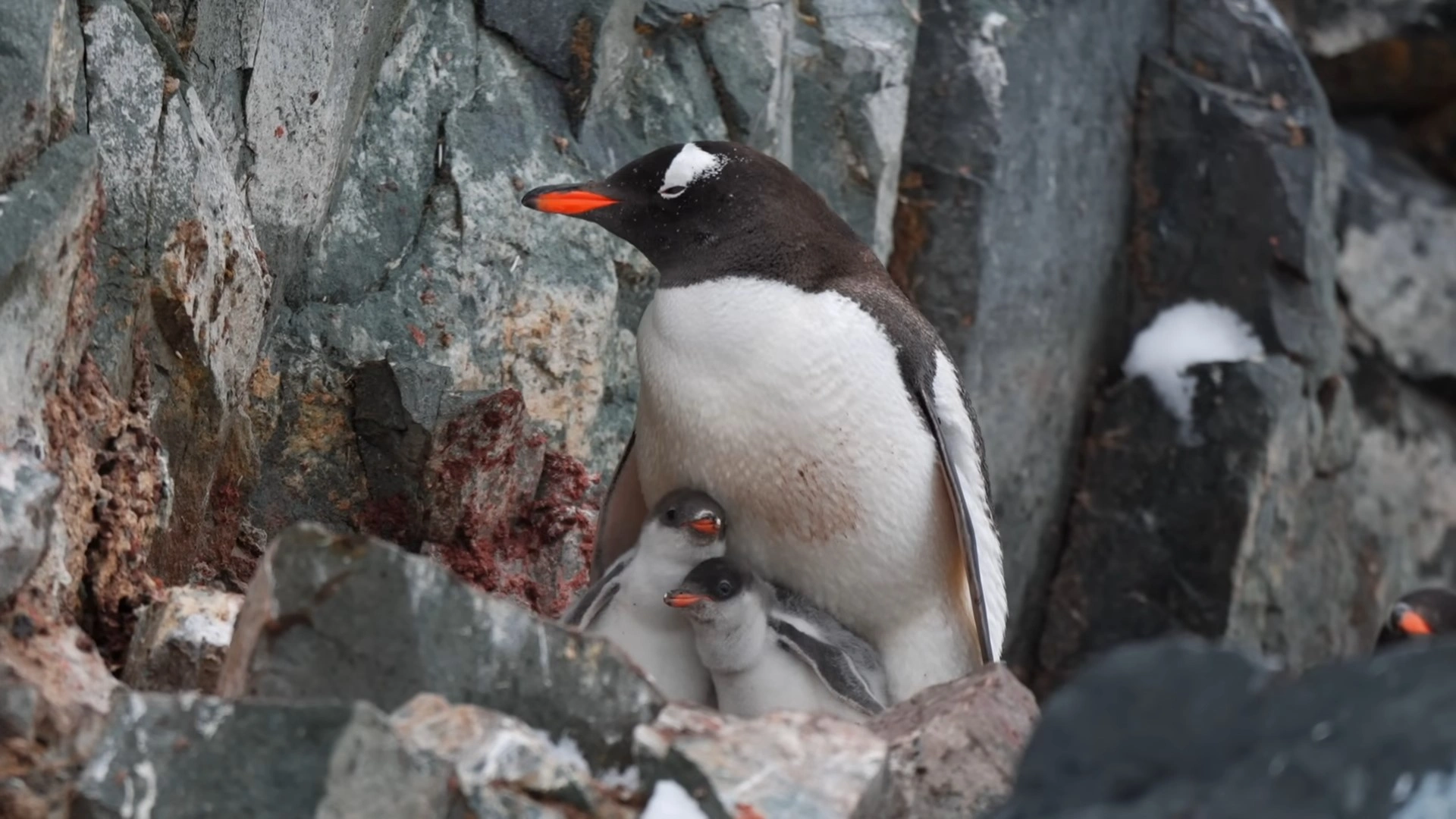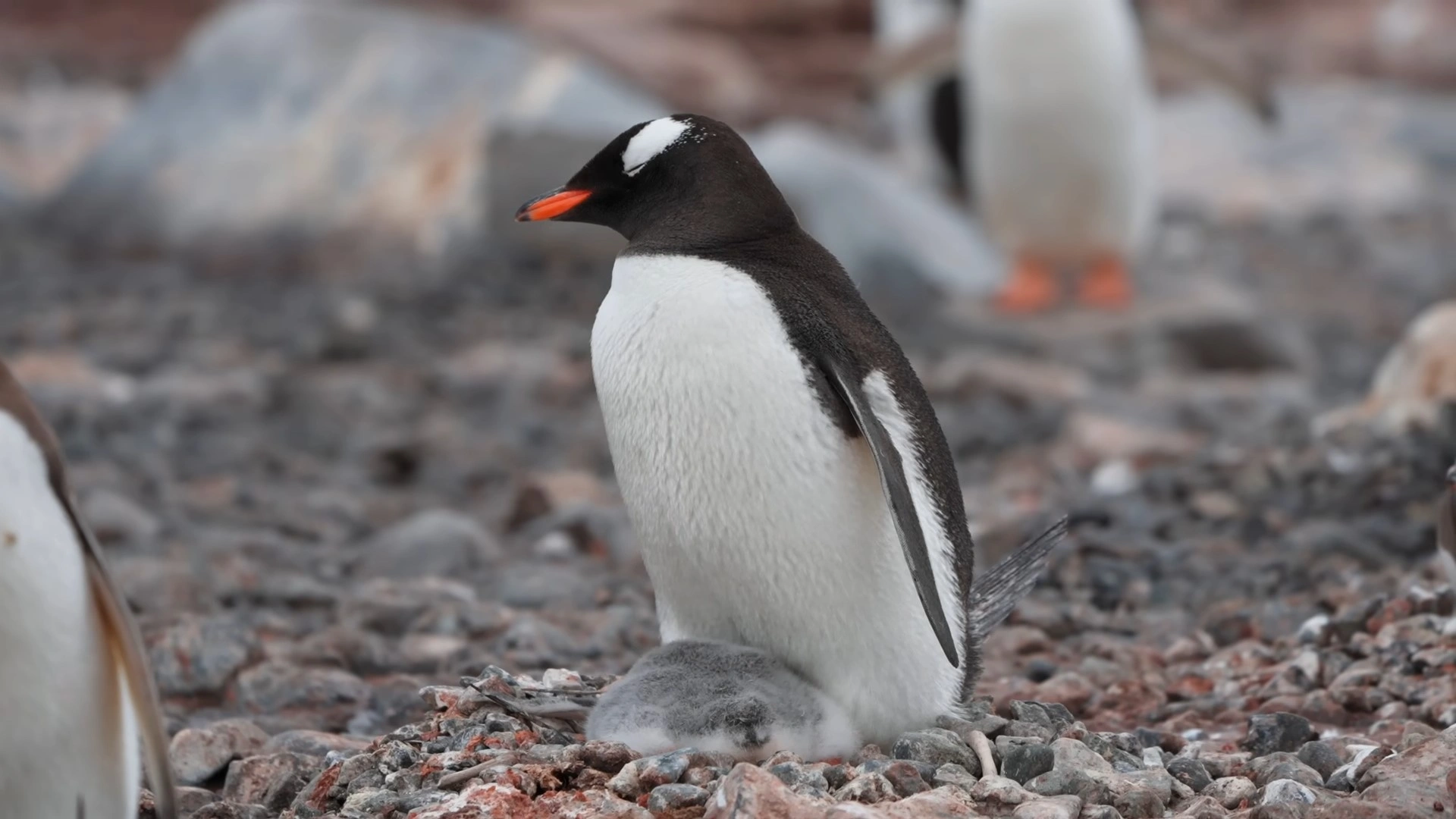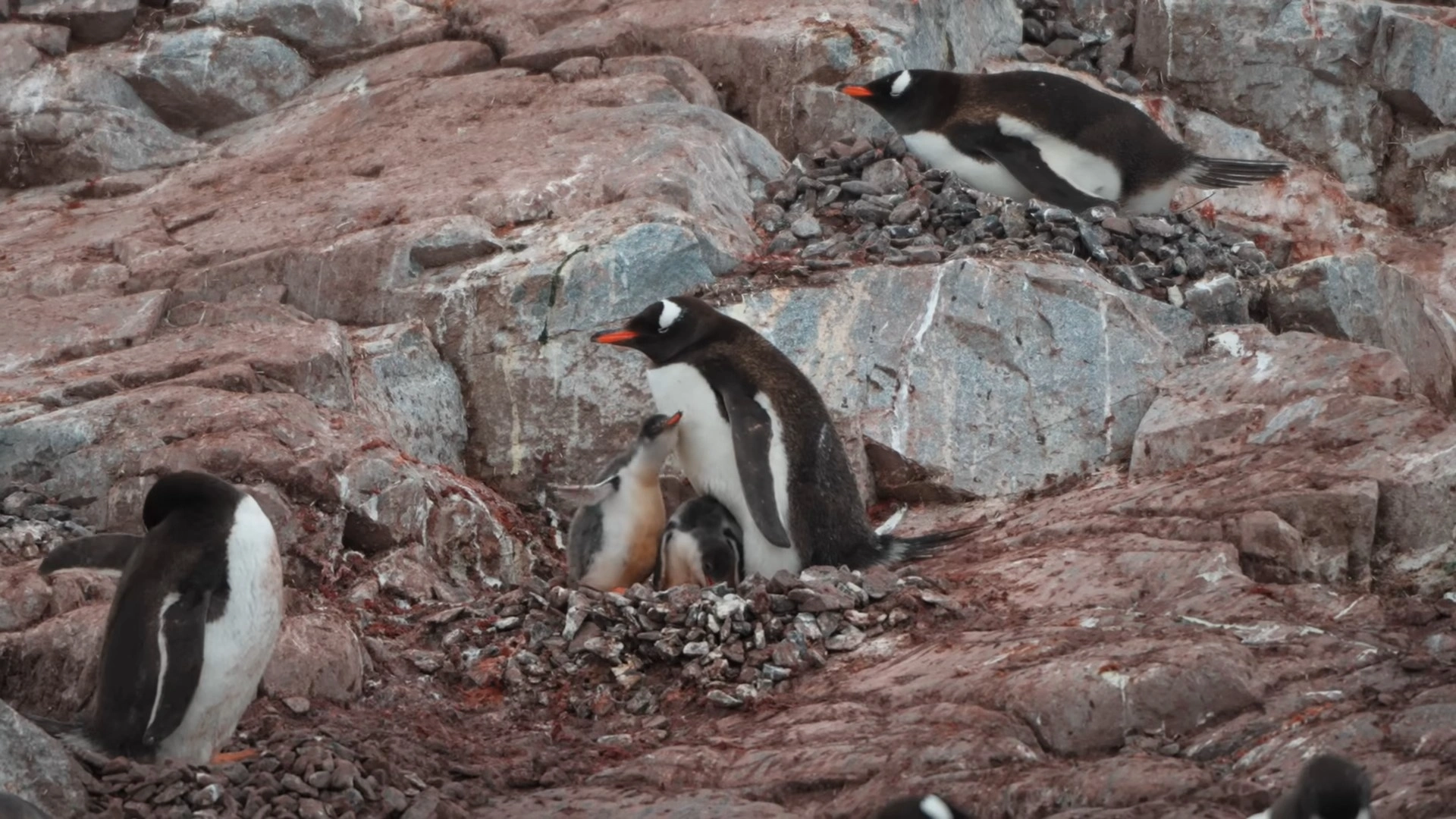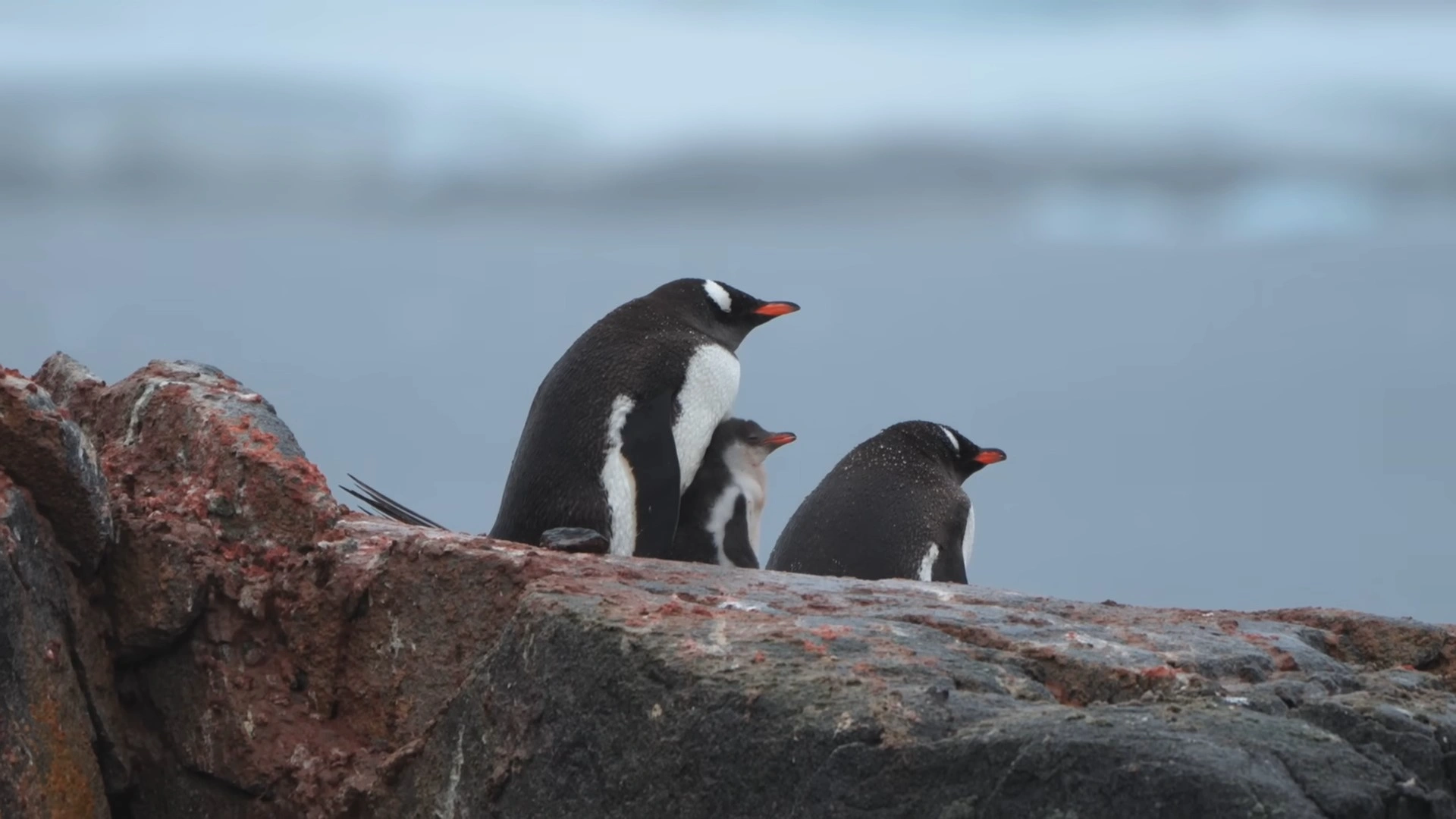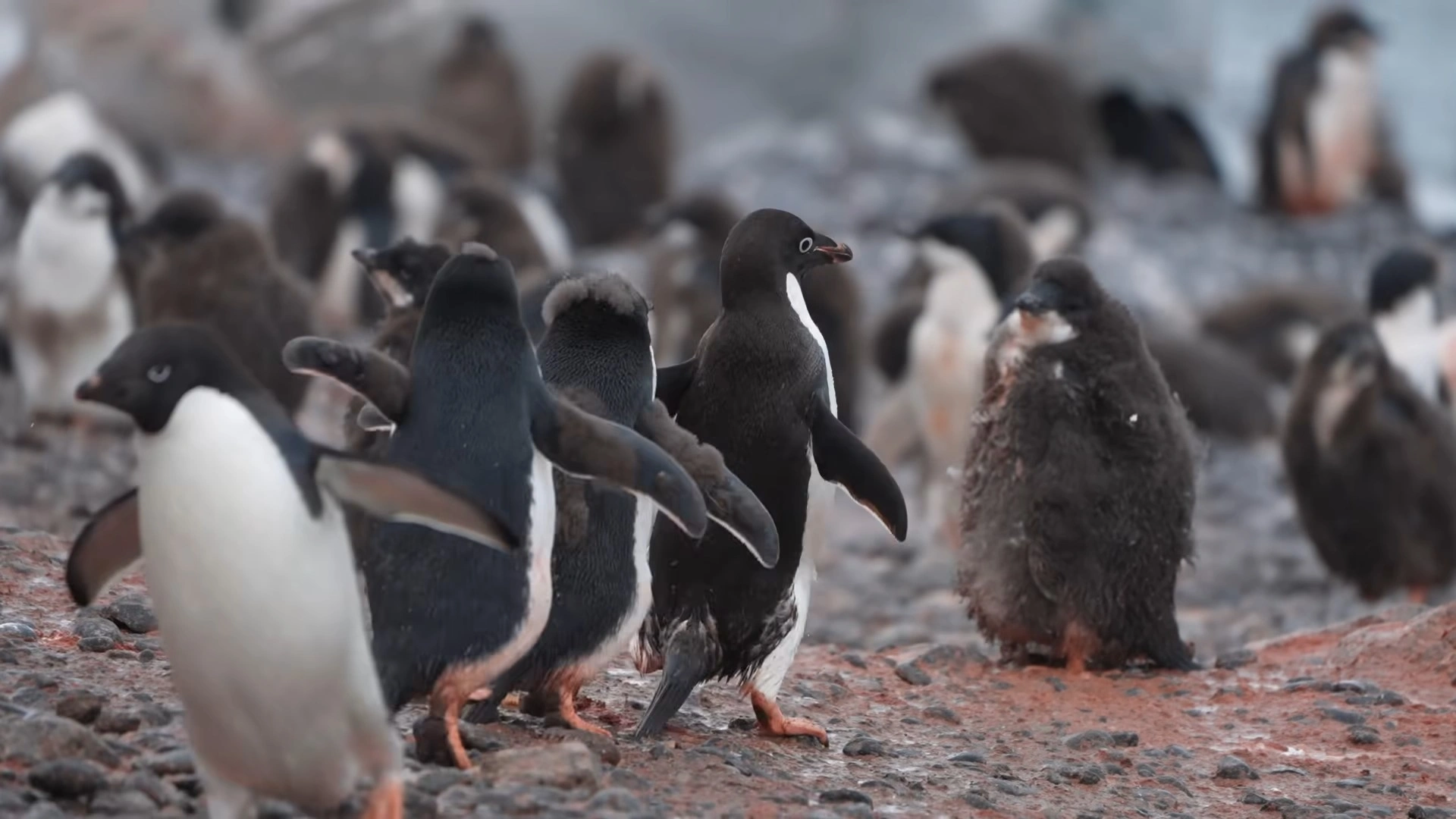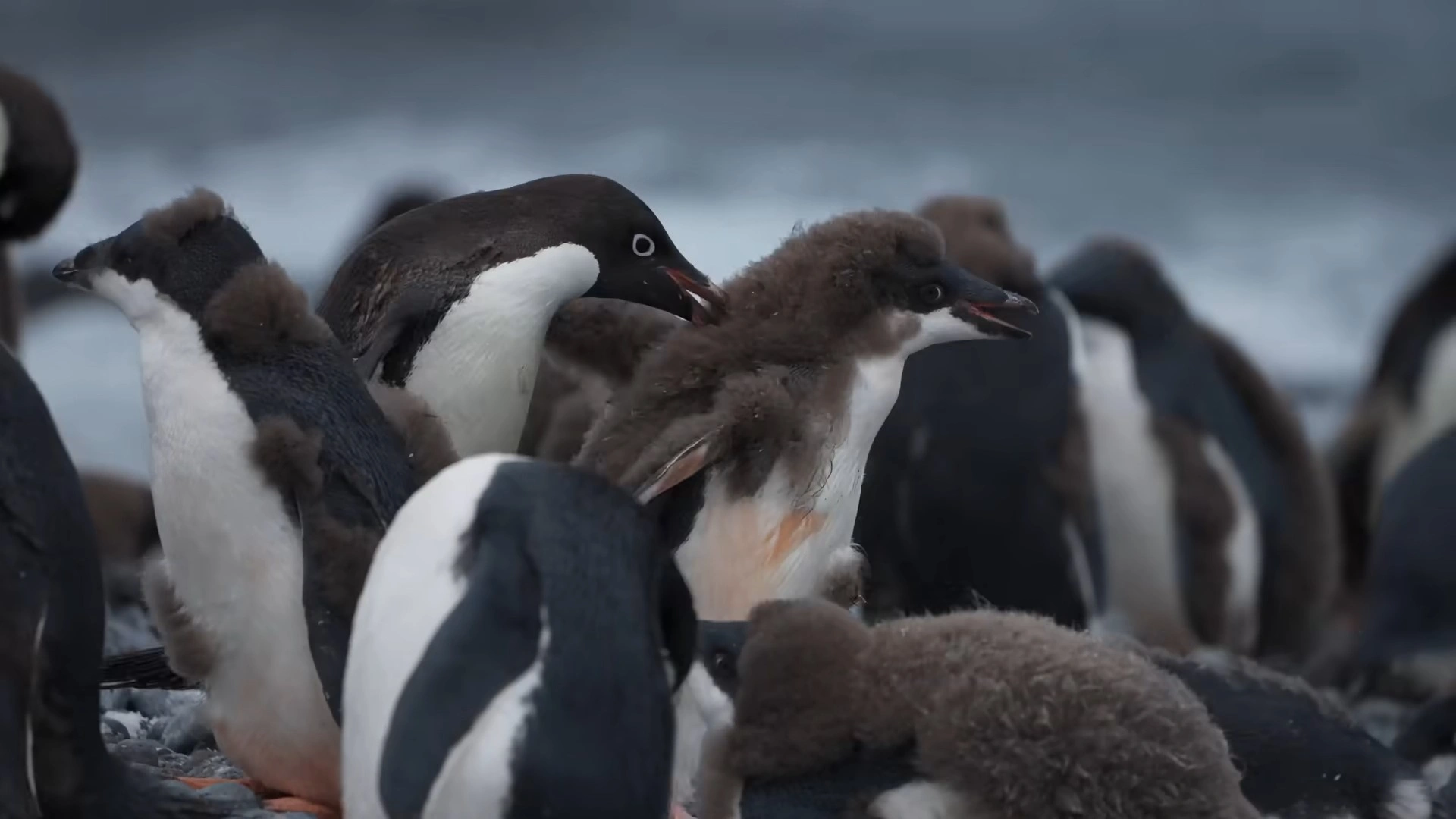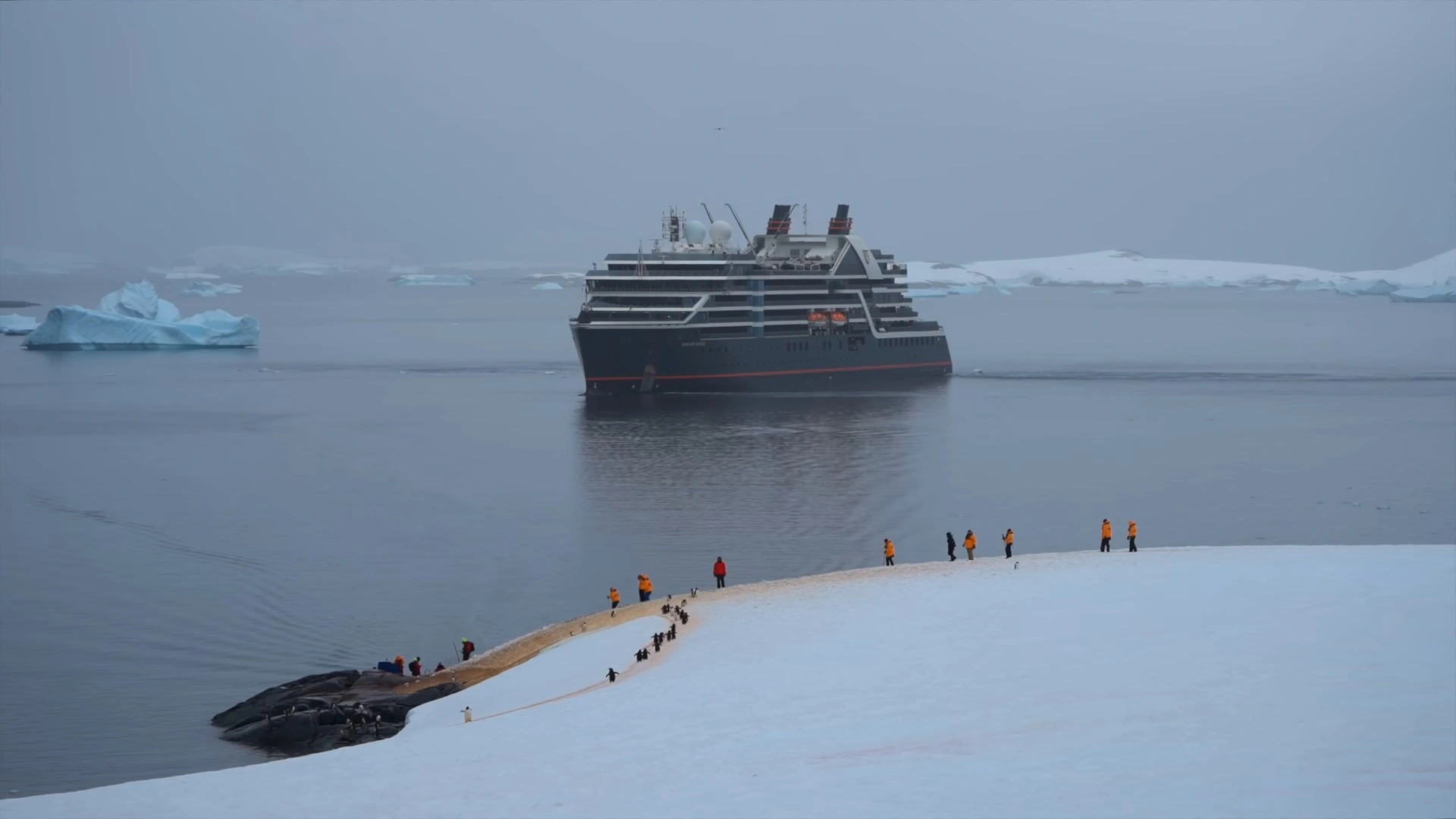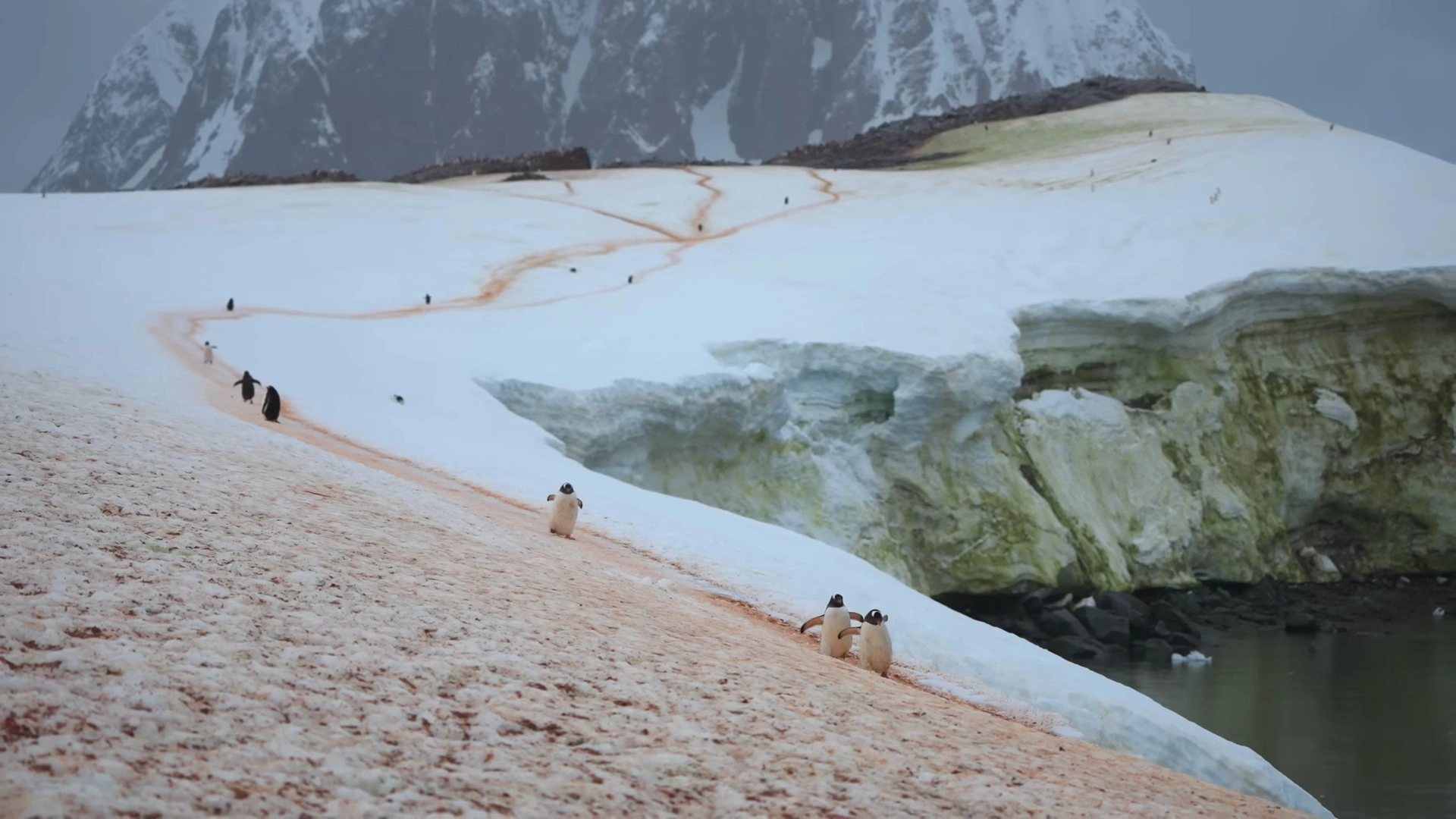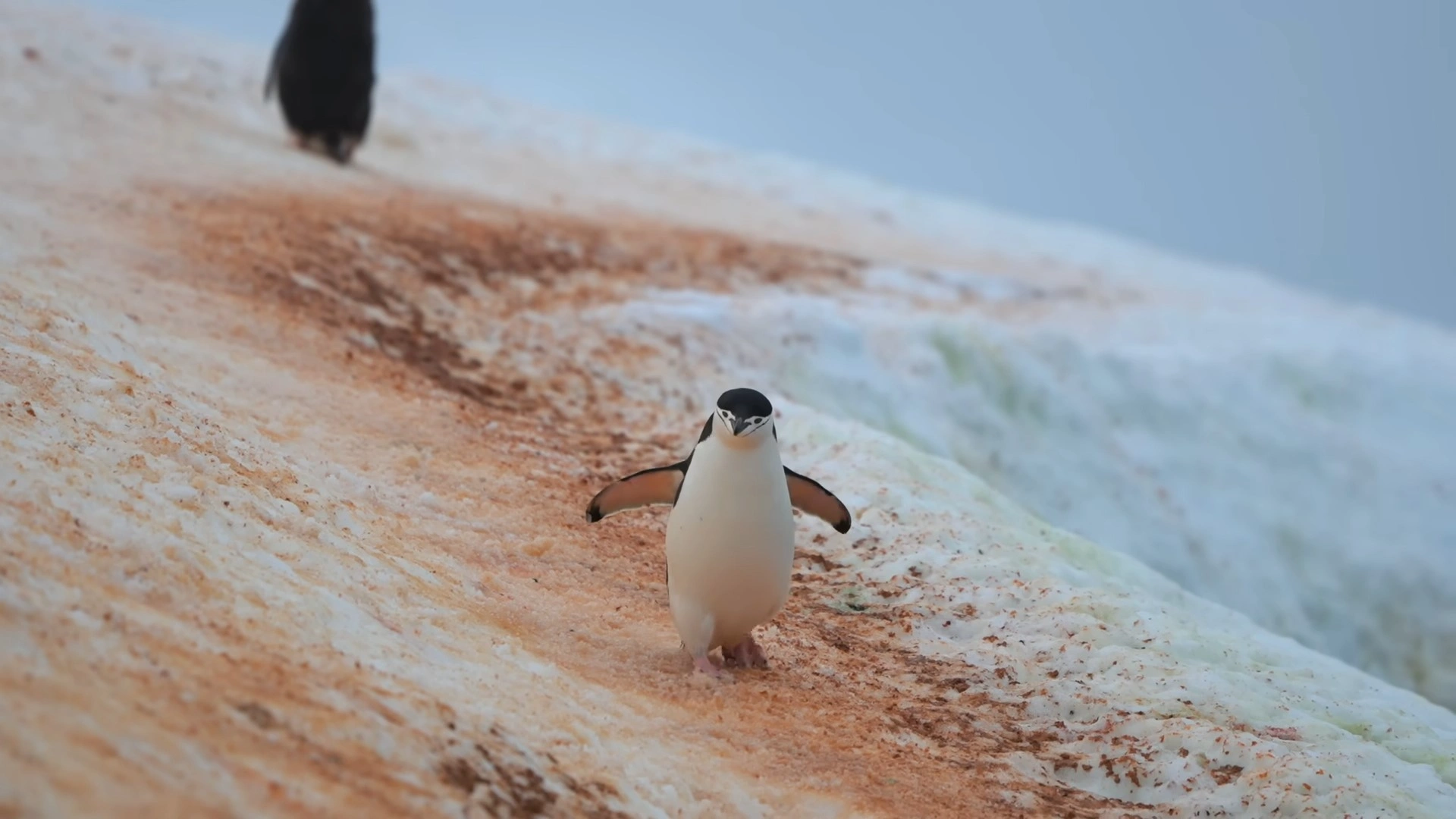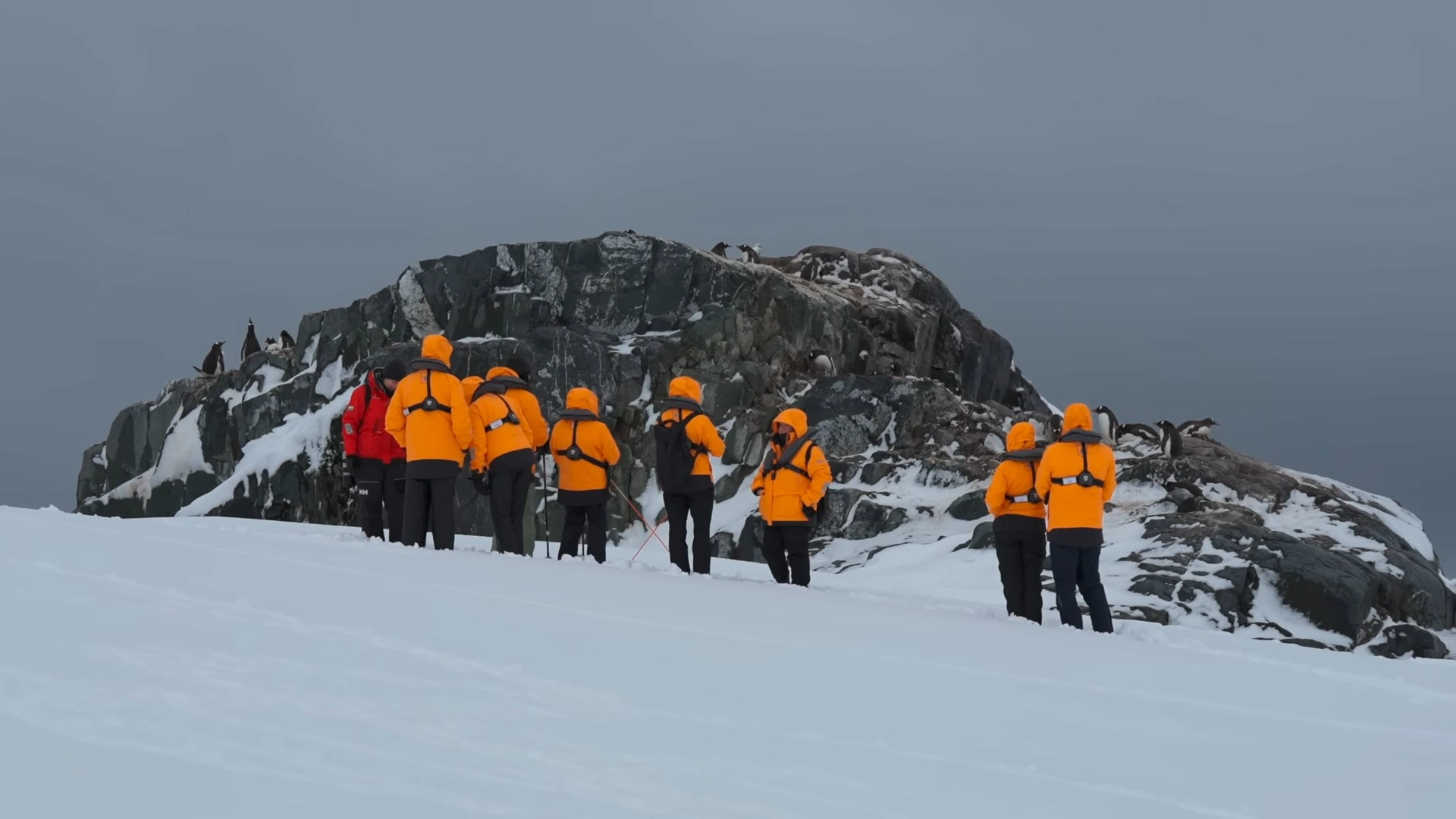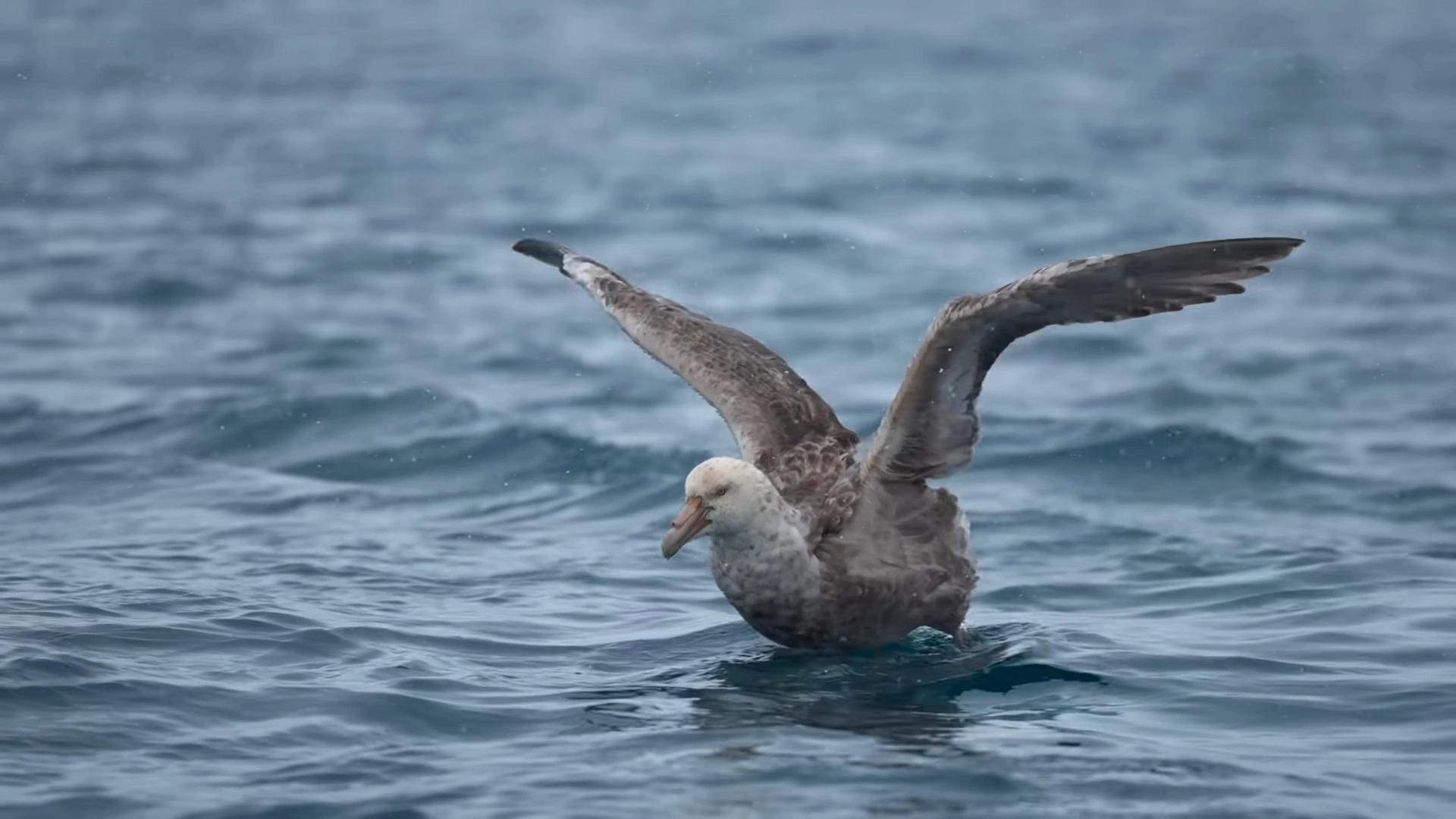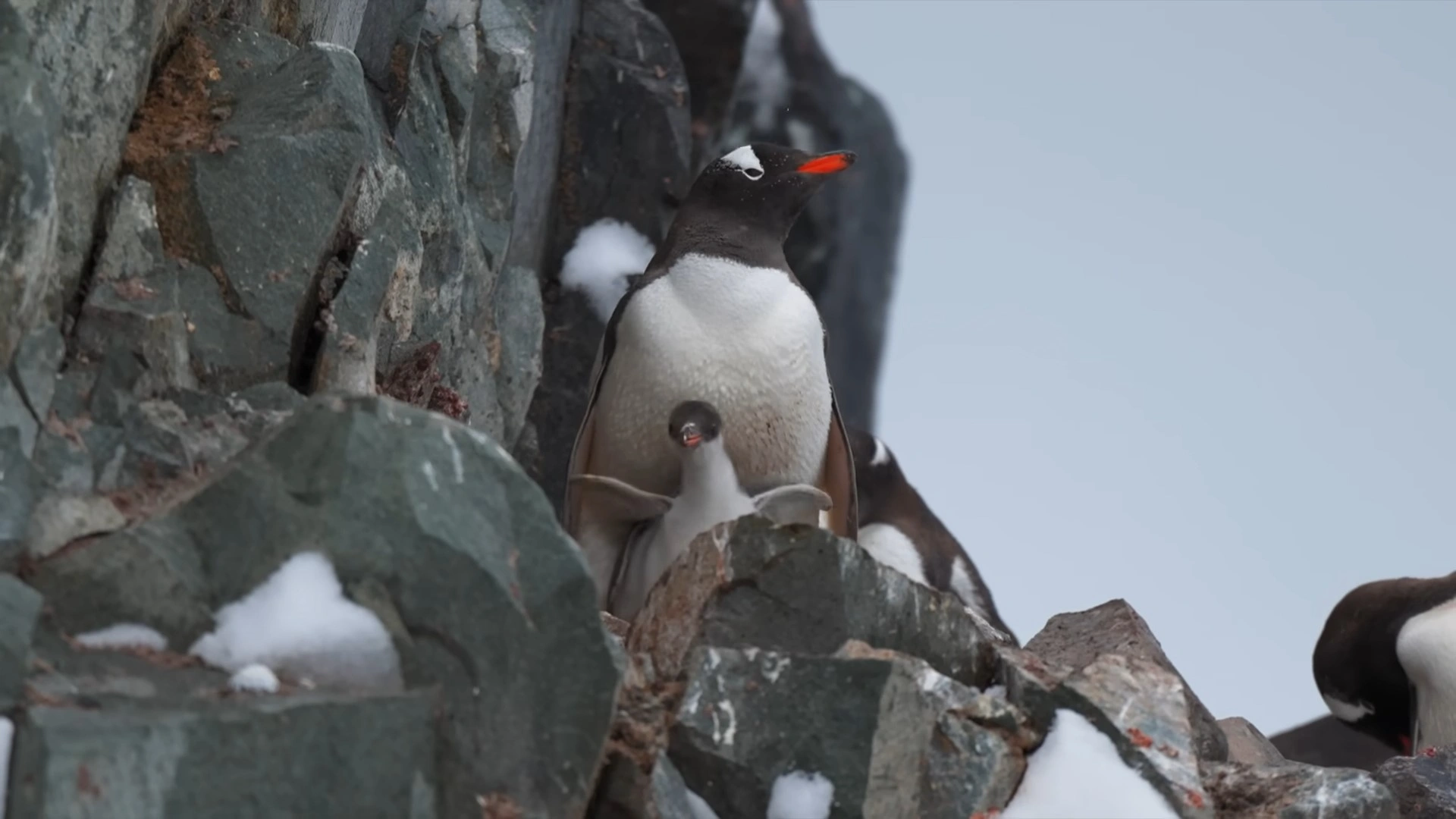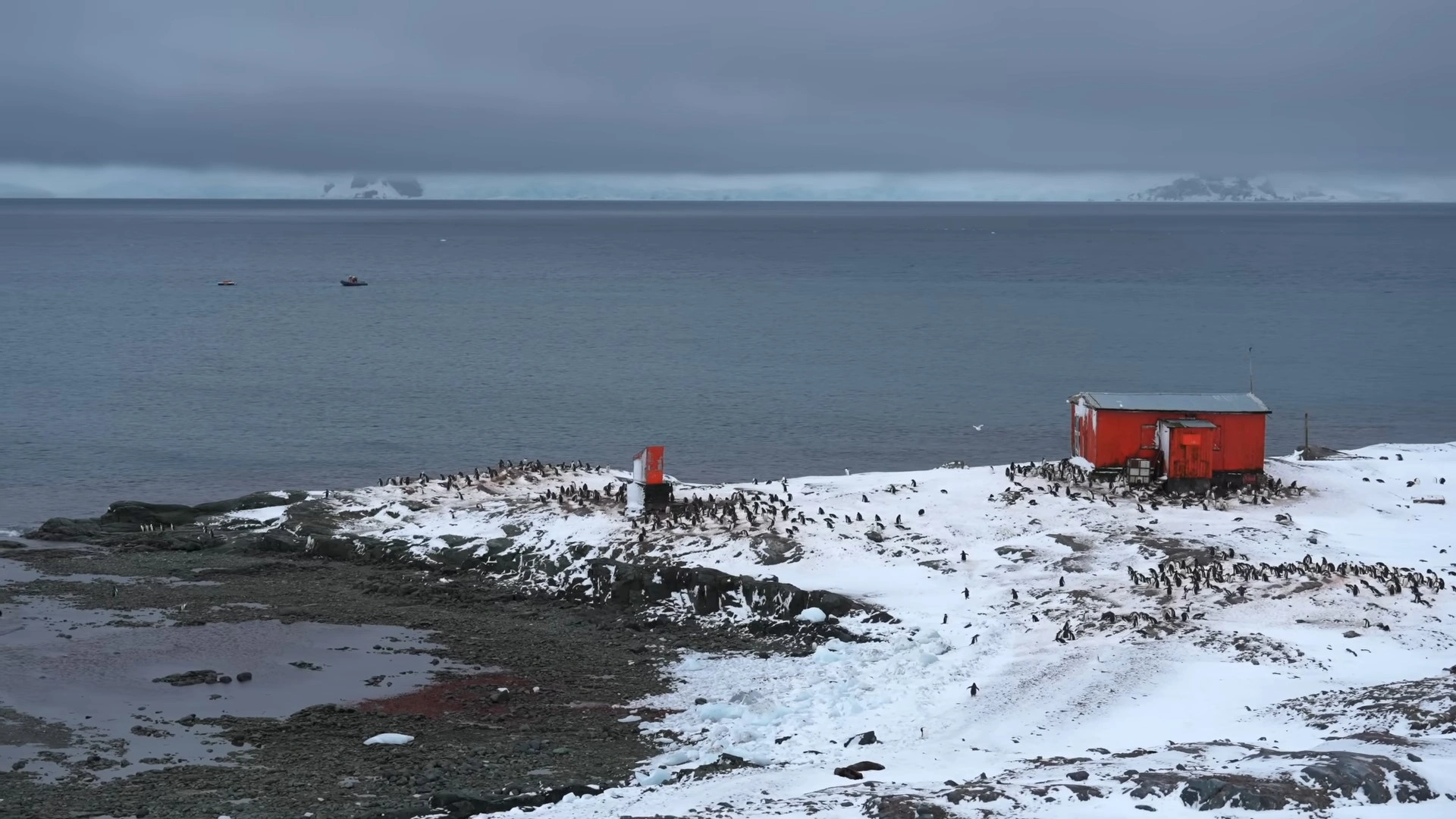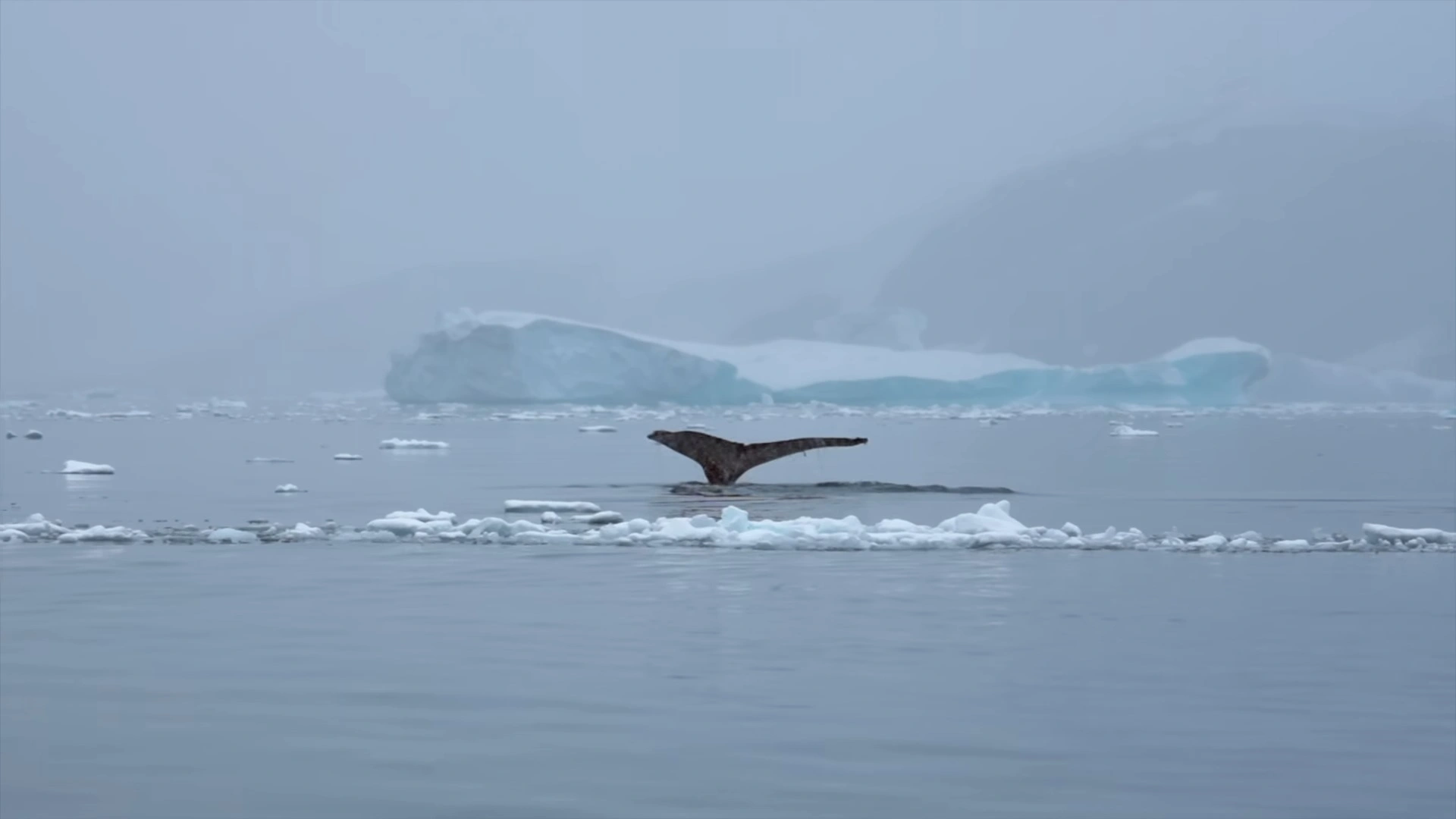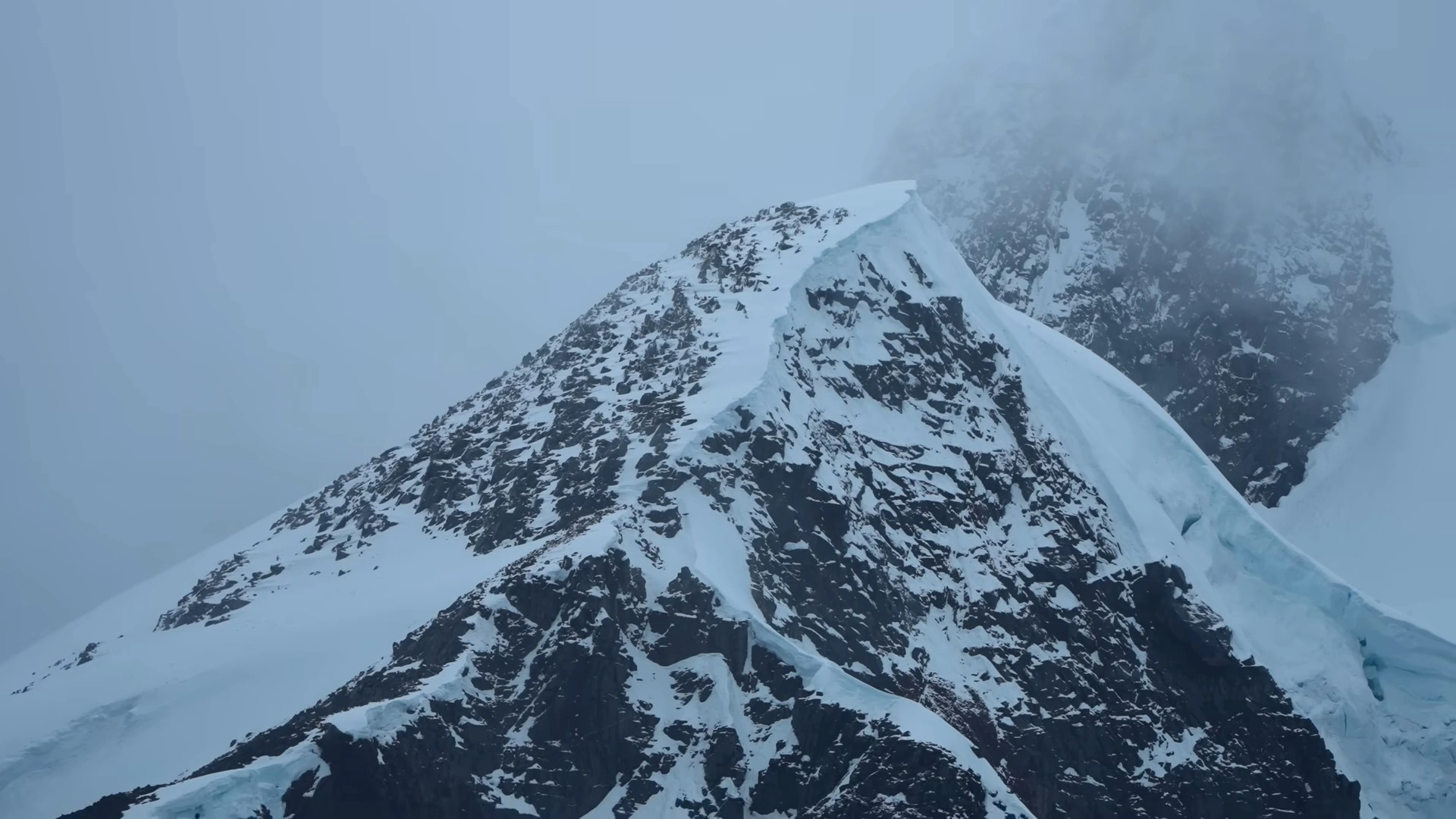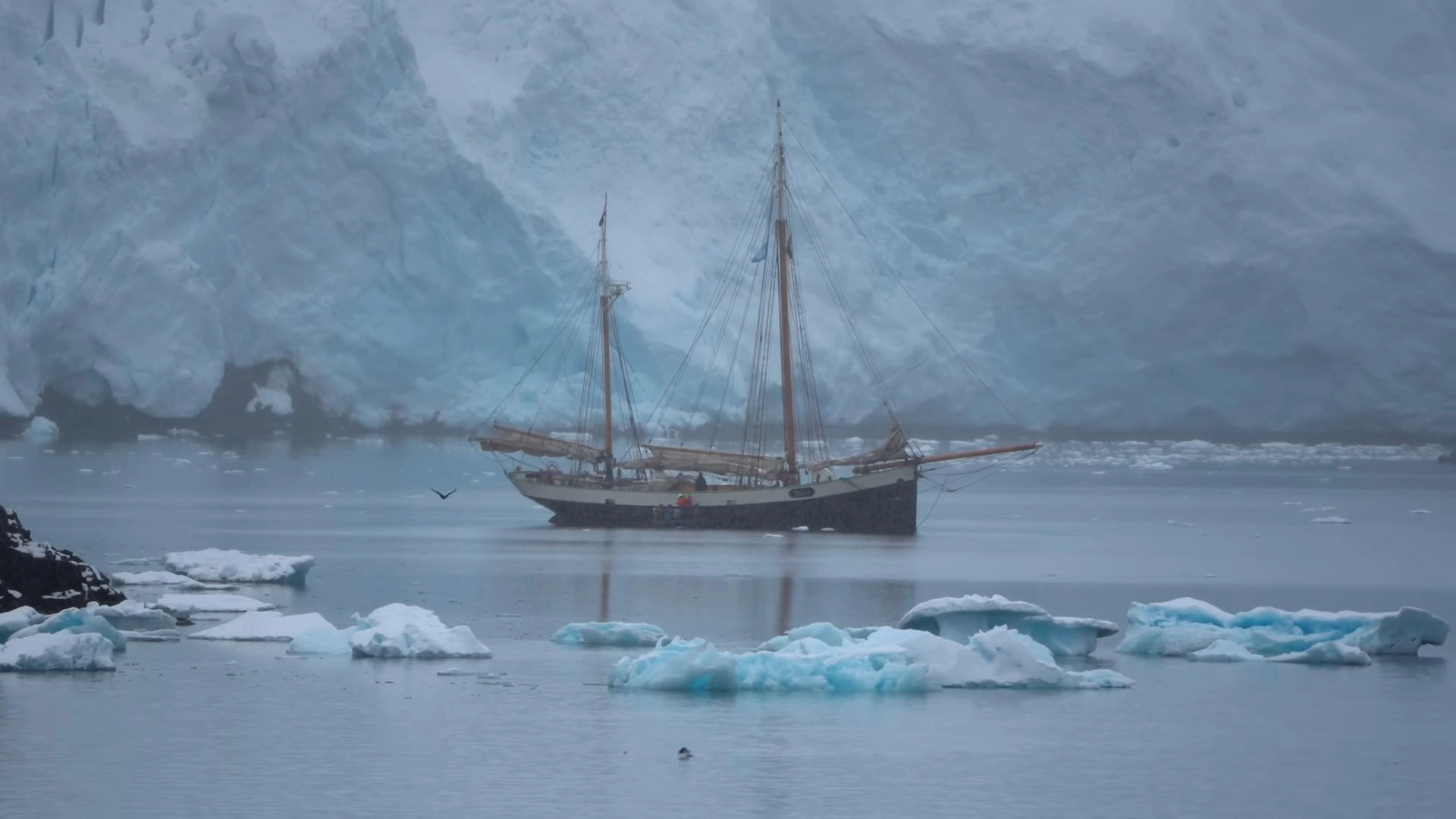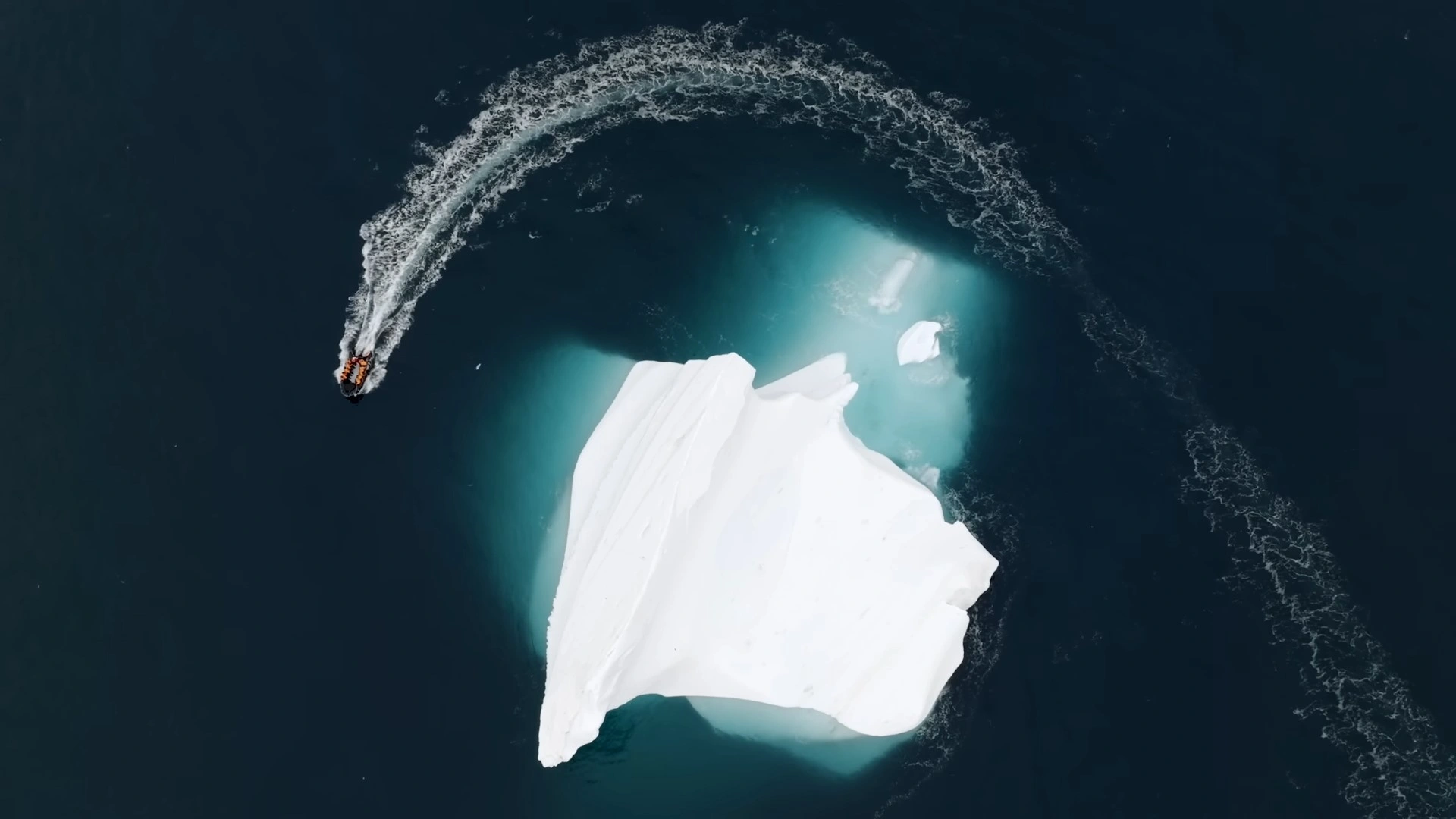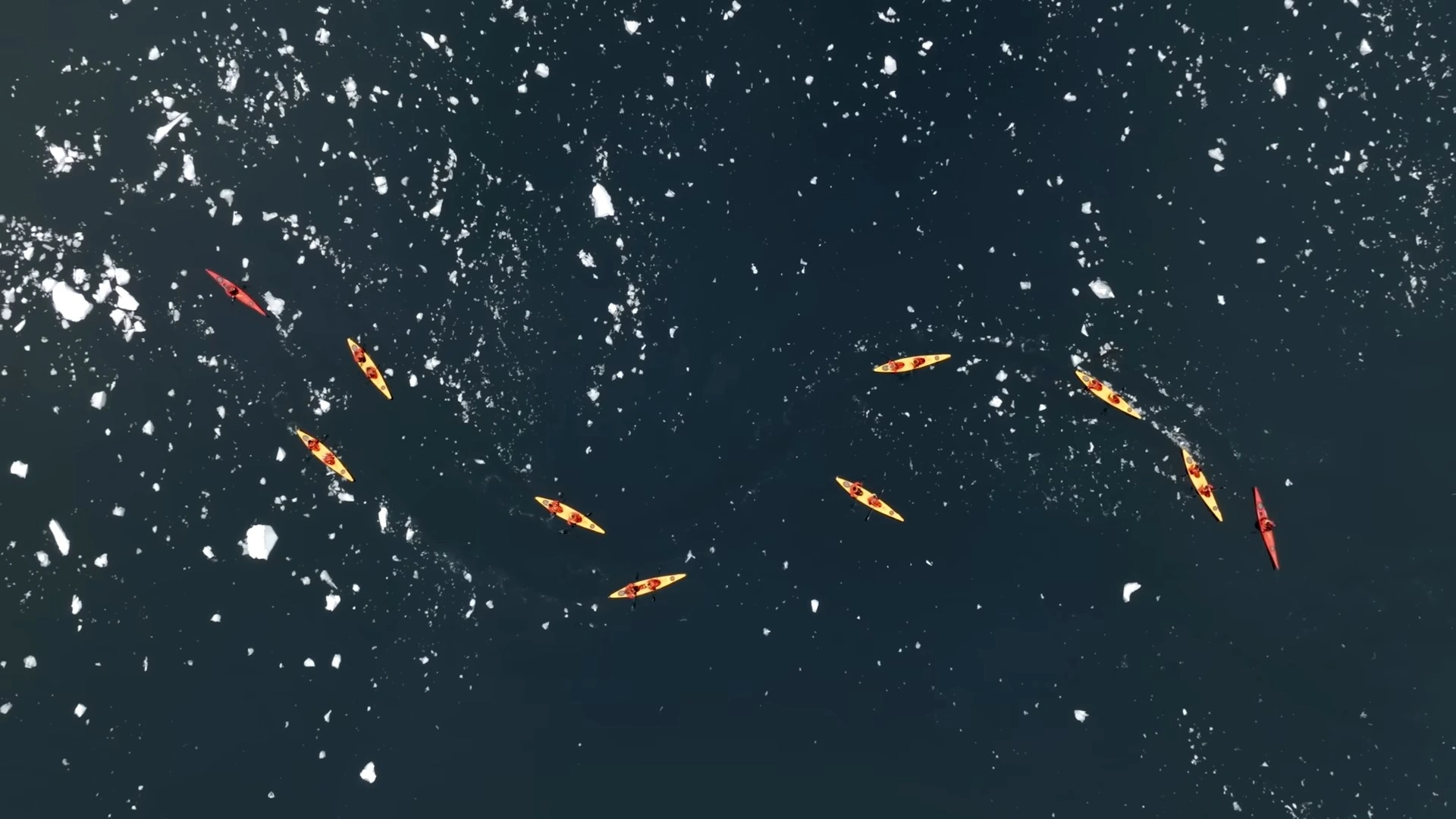The Antarctic Peninsula is a locale famous for its breathtaking and glorious landscapes. Transcending snow-covered mountains, vast glaciers, and pristine icy waters establish a peaceful and remarkable climate that is not at all like any other on the planet. This remote and disconnected district is home to a wide cluster of wildlife, including penguins, seals, and whales, adding to the excellence and miracle of this unmistakably gorgeous landscape.
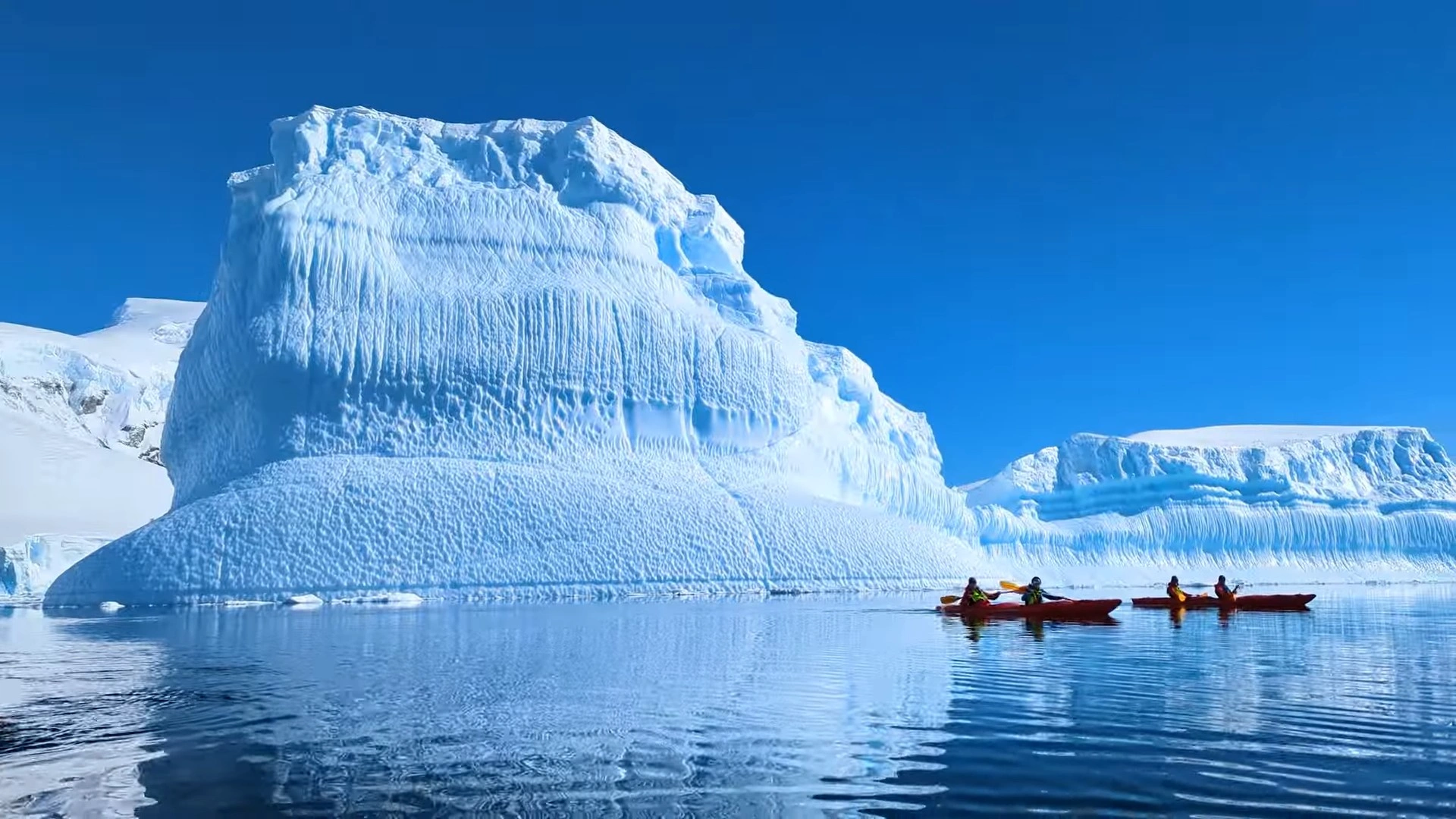
The dazzling excellence of the Antarctic Peninsula
The Antarctic Peninsula, situated in the southernmost region of the planet, is quite possibly one of the most breathtaking and great landscapes on the planet. This remote and icy district is home to the absolute most dazzling regular ponders and remarkable vistas possible.
The Antarctic Peninsula is a position of limits, with transcending icebergs, massive glaciers, and rugged mountain tops overwhelming the landscape. The sheer size and size of these highlights are genuinely lowering, making you feel little and irrelevant in contrast with the vastness of the icy wild that encompasses you.
However, it’s not only the sheer size of the Antarctic Peninsula that blows your mind. The magnificence of this district lies in its amazing variety of landscapes and biological systems. From vast fields of pristine snow and ice to rugged shores specked with penguin states to transcending bluffs shrouded in covers of greenery and lichen, the Antarctic Peninsula is a position of unrivalled excellence and miracle.
One of the most striking highlights of the Antarctic Peninsula is its clear blue icebergs. These massive lumps of ice come in all shapes and sizes, going from little, sculptural structures to transcending goliaths that stretch, as may be obvious. The extreme blue shade of the icebergs is brought about by the pressure of air rising inside the ice, making a shocking presentation of variety that is not normal for anything you’ve at any point seen.
One more feature of the Antarctic Peninsula is its wealth of wildlife. The district is home to a wide assortment of creature species, from perky penguins and elegant seals to lofty whales and seabirds. Seeing a humpback whale breaking the outer layer of the icy waters or a gathering of penguins waddling along the coastline is a really extraordinary encounter that will remain with you long after you’ve left the district.
Investigating the Antarctic Peninsula is a dreamlike and extraordinary experience, as though you’ve ventured foot on another planet by and large. The vast, immaculate wilderness of the locale provides you with a feeling of opportunity and experience that is difficult to come by elsewhere on the planet. The sheer magnificence and glory of the Antarctic Peninsula will leave you awestruck and propelled, helping you to remember the mind-blowing power and excellence of the regular world.
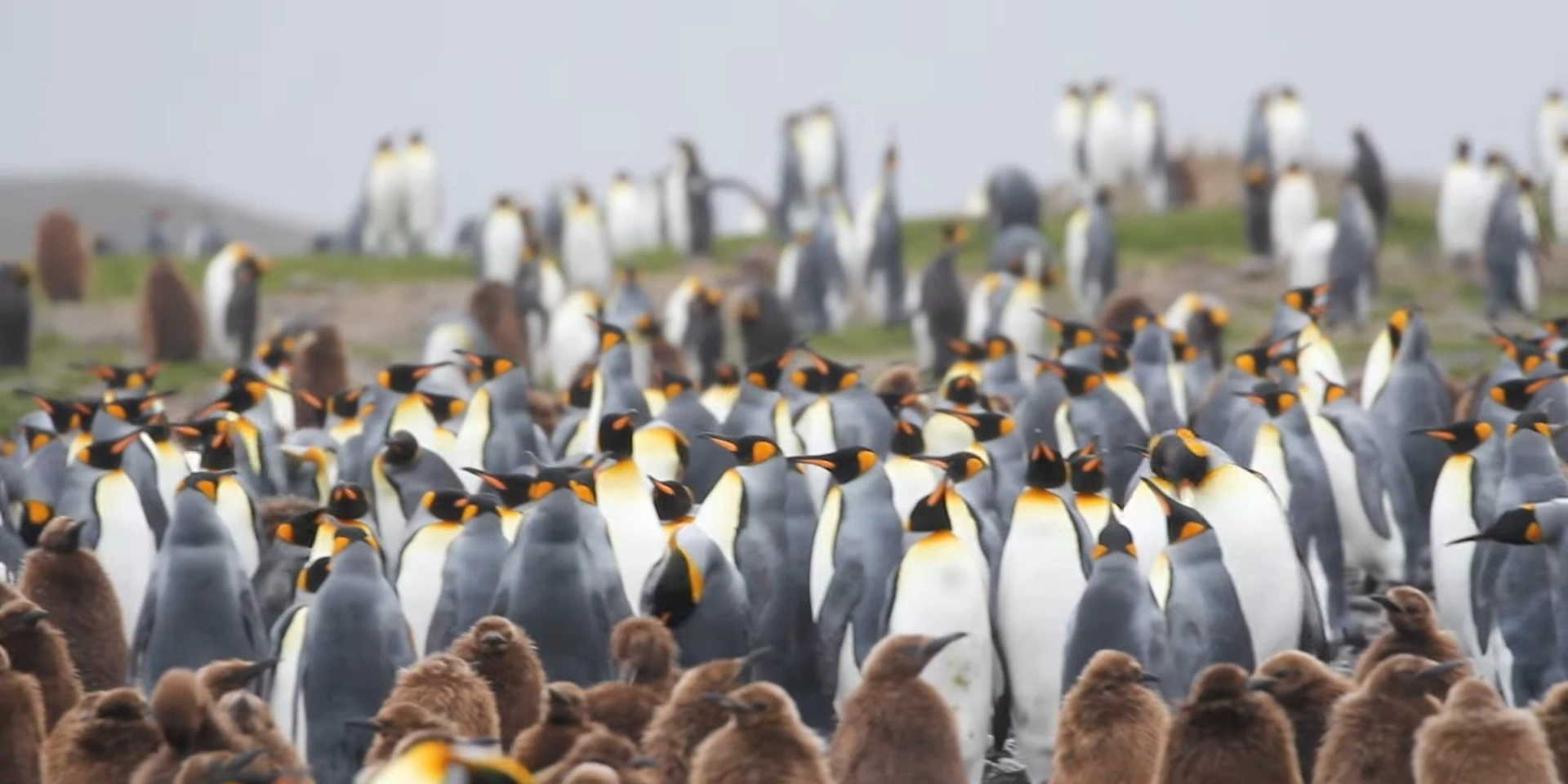
Investigating the one-of-a kind wildlife that calls the peninsula home
While investigating the Antarctic Peninsula, one of the most spellbinding perspectives is the exceptional wildlife that possesses this remote and icy locale. From massive whales to lovable penguins, the peninsula is home to a wide assortment of animals that have adjusted to get by in this brutal climate.
Perhaps one of the most notable creatures found in Antarctica is the penguin. There are six types of penguins that can be tracked down on the peninsula, including Adelie, Chinstrap, Gentoo, Emperor, King, and Macaroni penguins. These charming birds are master swimmers and should be visible plunging into the icy waters looking for food. Guests to the peninsula can frequently detect provinces of penguins crouched together on rough sea shores or bluff appearances, where they construct their homes out of rocks and stones.
Notwithstanding penguins, the waters encompassing the peninsula are home to different marine warm-blooded creatures, including seals and whales. Panther seals are regularly seen relaxing on ice floes or swimming effortlessly through the water, while Weddell seals can be found basking in the sun on the ice. Guests may likewise be sufficiently fortunate to get a brief look at humpback whales breaking the outer layer of the water or orcas chasing after prey.
Perhaps one of the most superb animals found in Antarctica is the blue whale, the biggest creature on earth. These massive animals can grow up to 100 feet long and can weigh as much as 200 tons. While blue whales were once vigorously pursued, preservation endeavours have assisted with safeguarding these extraordinary animals, permitting them to flourish in the waters of the Antarctic Peninsula.
Birdwatchers will likewise be happy by the assorted cluster of seabirds that call the peninsula home. Albatrosses, petrels, and skuas can frequently be seen taking off above, while terns and gulls dip and make a plunge search for fish. These seabirds assume a significant role in the Antarctic biological system, assisting with the control of populations of more modest fish and krill.
For those keen on investigating the extraordinary wildlife of the Antarctic Peninsula, there are different open doors for directed visits and trips. Guests can take zodiac travels through icy channels to notice penguins and seals very close, or set out on hiking endeavours to visit states of settling seabirds. Visit administrators considerably offer the opportunity to take part in resident science projects, assisting with gathering information on penguins and other wildlife to support preservation endeavours.
In general, investigating the wildlife of the Antarctic Peninsula is an extraordinary encounter that permits guests to observe firsthand the unbelievable variety and flexibility of the animals that call this icy locale home. Whether you’re watching penguins waddle across the snow or wondering about seeing a blue whale breaking the outer layer of the water, the wildlife of the Antarctic Peninsula is certain to have an enduring effect on all who visit.
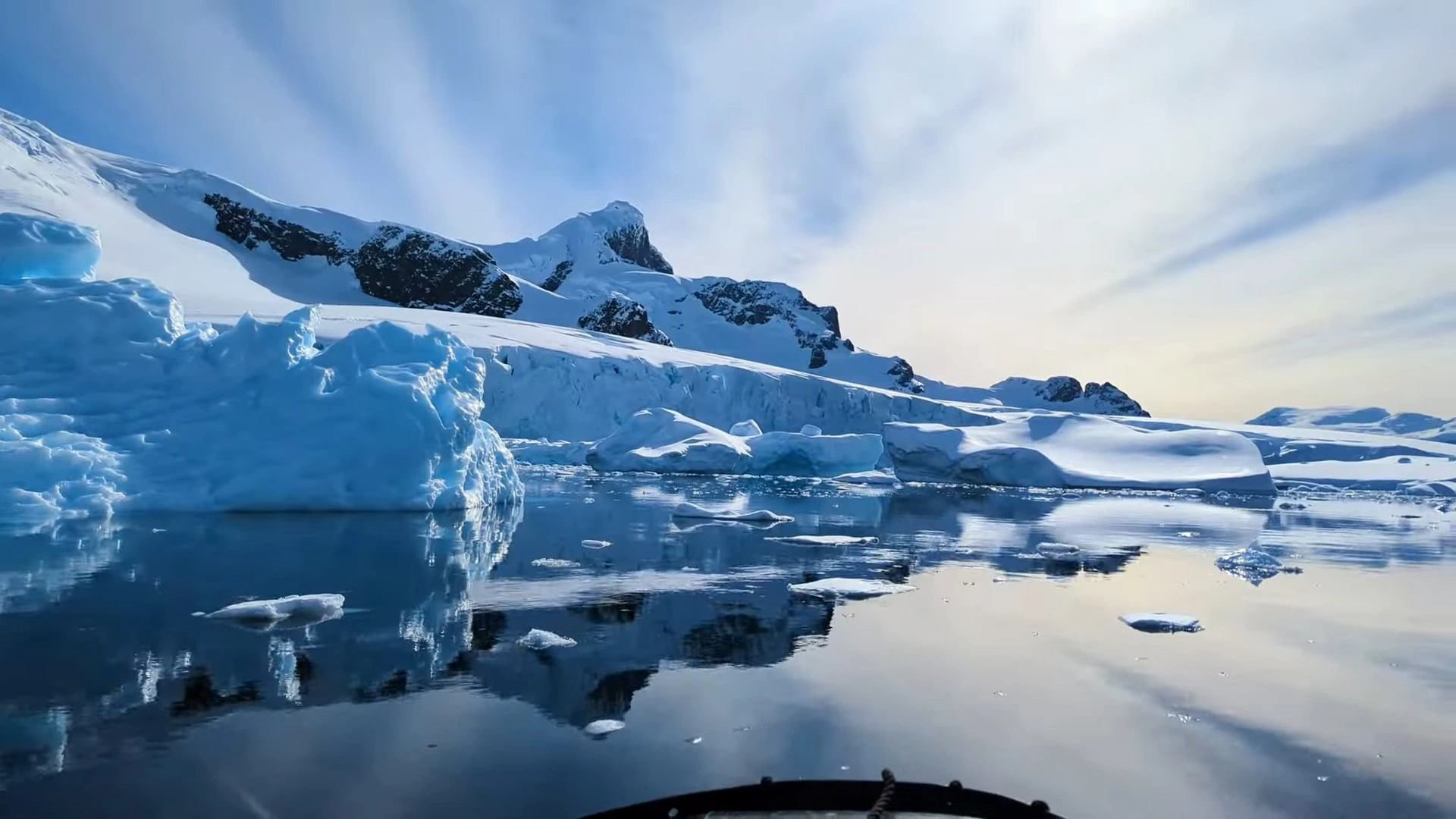
The emotional glaciers and icebergs that spot the landscape
The icy universe of the Antarctic Peninsula is loaded up with dazzling regular wonders, yet maybe none are all around as breathtaking as the sensational glaciers and icebergs that dab the landscape. These massive developments of ice assume an urgent part in moulding the locale’s novel geography and are a vital sign of the impacts of environmental change on this sensitive biological system.
Glaciers are sluggish streams of ice that cut their way through the landscape as they stream towards the ocean. The Antarctic Peninsula is home to probably the most breathtaking glaciers on the planet, with massive ice sheets that can extend for a significant distance across the skyline. These glaciers are continually moving, as the heaviness of the ice makes them stream downhill towards the ocean at an icy speed. As they move, they get rocks, flotsam, and jetsam, making emotional striations in the ice that are a demonstration of their power and determination.
Quite possibly the most well-known ice sheet in the locale is the massive Lemaire Glacial Mass, which streams down from the western side of the peninsula towards the ocean. This transcending mass of ice is an amazing sight, with splendid blue shades and barbed precipices that sparkle in the daylight. Guests to the locale frequently take boat visits to get very close to this overwhelming glacial mass, wondering about its sheer size and power.
In any case, not simply glaciers enamor guests to the Antarctic Peninsula; likewise, the unimaginable icebergs sever from these massive ice developments and float out to the ocean. These massive pieces of ice can arrive in various shapes and sizes, from little, adjusted bergy pieces to colossal plain icebergs that can be miles across. Every ice sheet is an interesting masterpiece, formed by the powers of wind and ocean into complicated plans that are a demonstration of the force of nature.
Perhaps the most striking sight in the district is seeing a massive chunk of ice drifting in the freezing waters of the Southern Sea. These massive icebergs frequently sever from the Antarctic ice and float northwards, where they pose a risk to ships exploring the deceptive waters of the locale. In spite of their likely risks, these icebergs are likewise a sign of the sheer scale and force of the Antarctic landscape and act as dazzling scenery for the wildlife that calls this icy wild home.
As the impacts of environmental change keep being looked at around the world, the glaciers and icebergs of the Antarctic Peninsula are likewise encountering tremendous changes. Climbing temperatures are making these ice developments dissolve at an alarming rate, prompting rising ocean levels and emotional changes in the district’s delicate environment. It’s a sobering sign of the significance of safeguarding this pristine wilderness for people in the future and a source of inspiration to safeguard these grand landscapes for quite a long time into the future.
Conclusion
The Antarctic Peninsula stands as one of the most breathtaking and unique landscapes on Earth. Its towering icebergs, vast glaciers, and rugged mountain peaks create a stunning and remote wilderness. The region’s diverse wildlife, from playful penguins to majestic whales, adds to the wonder and beauty of this icy realm. As climate change continues to impact the peninsula, it serves as a poignant reminder of the importance of preserving such pristine environments. Exploring the Antarctic Peninsula offers a surreal and unforgettable experience, leaving visitors in awe of the natural world’s incredible power and beauty.
FAQs
What makes the Antarctic Peninsula’s landscapes unique?
The Antarctic Peninsula features transcending icebergs, massive glaciers, and rugged mountain peaks that create a breathtaking and unique icy wilderness.
What types of wildlife can be found on the Antarctic Peninsula?
The peninsula is home to a diverse array of wildlife, including penguins, seals, whales, and various seabirds.
How does climate change impact the Antarctic Peninsula?
Climate change is causing glaciers and icebergs in the region to melt at an alarming rate, leading to rising sea levels and significant ecological changes.
What are the best ways to explore the Antarctic Peninsula?
Visitors can take guided tours, zodiac cruises, and hiking excursions to experience the stunning landscapes and observe wildlife up close.
Why is the blue color of icebergs so intense in the Antarctic Peninsula?
The intense blue color of icebergs is caused by the compression of air within the ice, which affects how light is absorbed and reflected.





